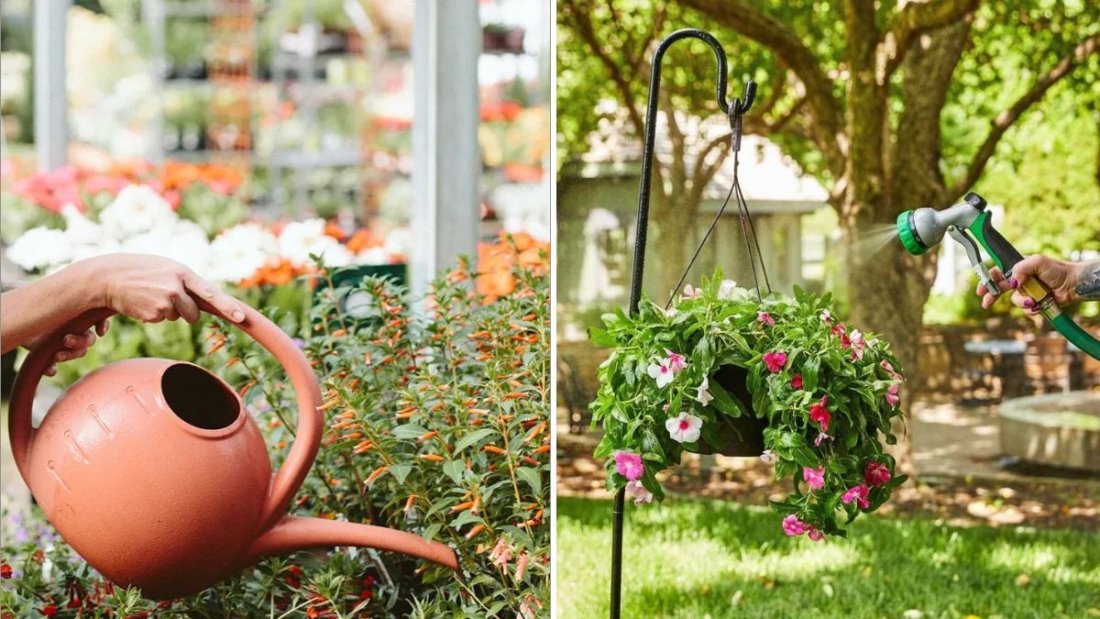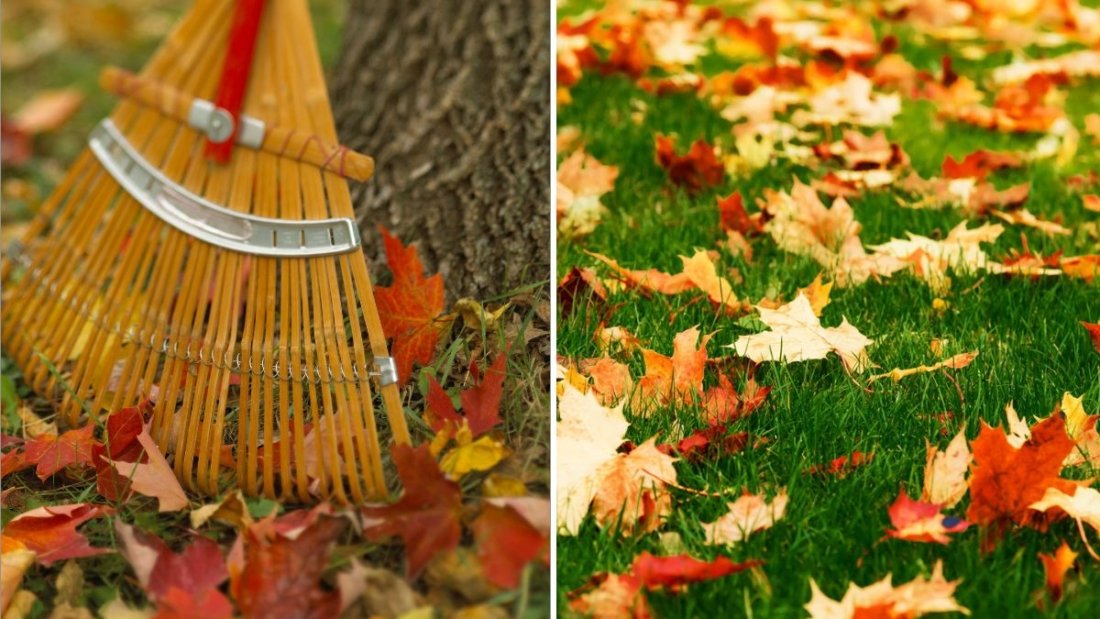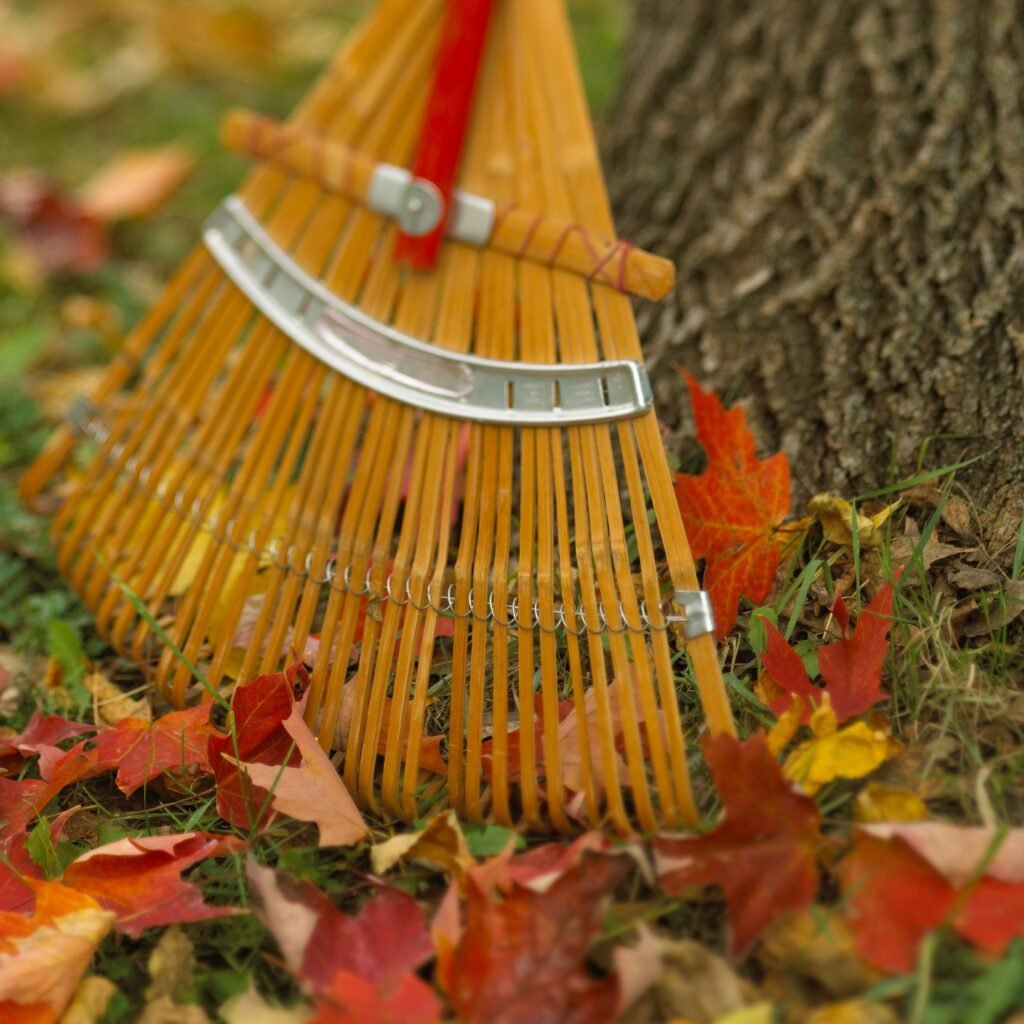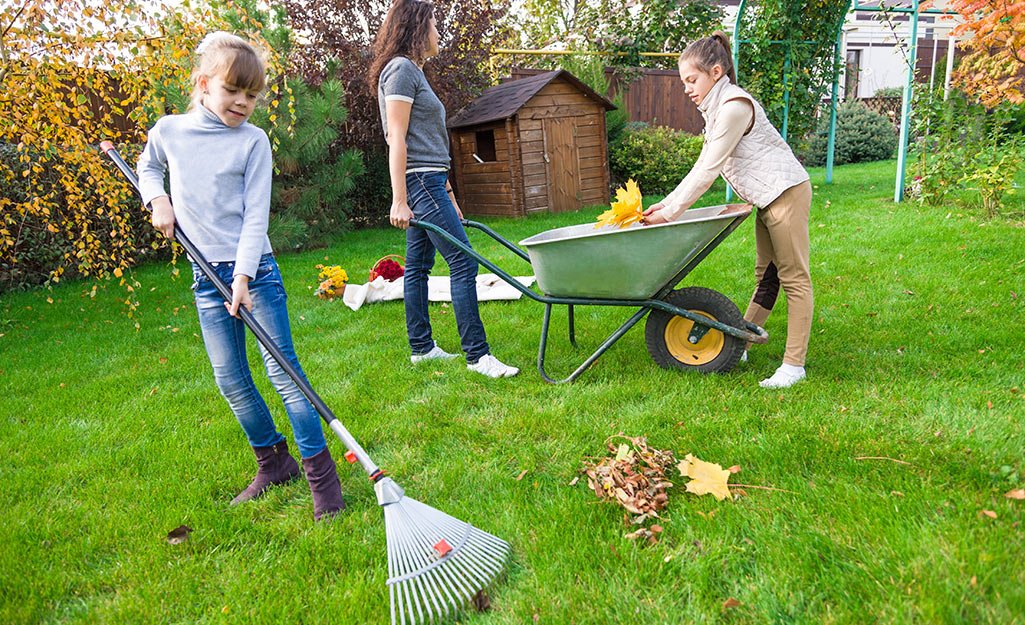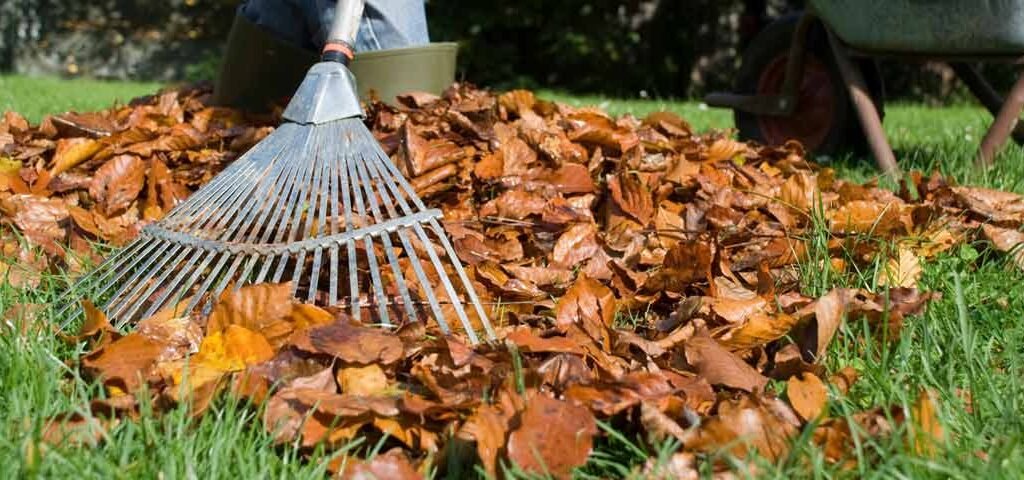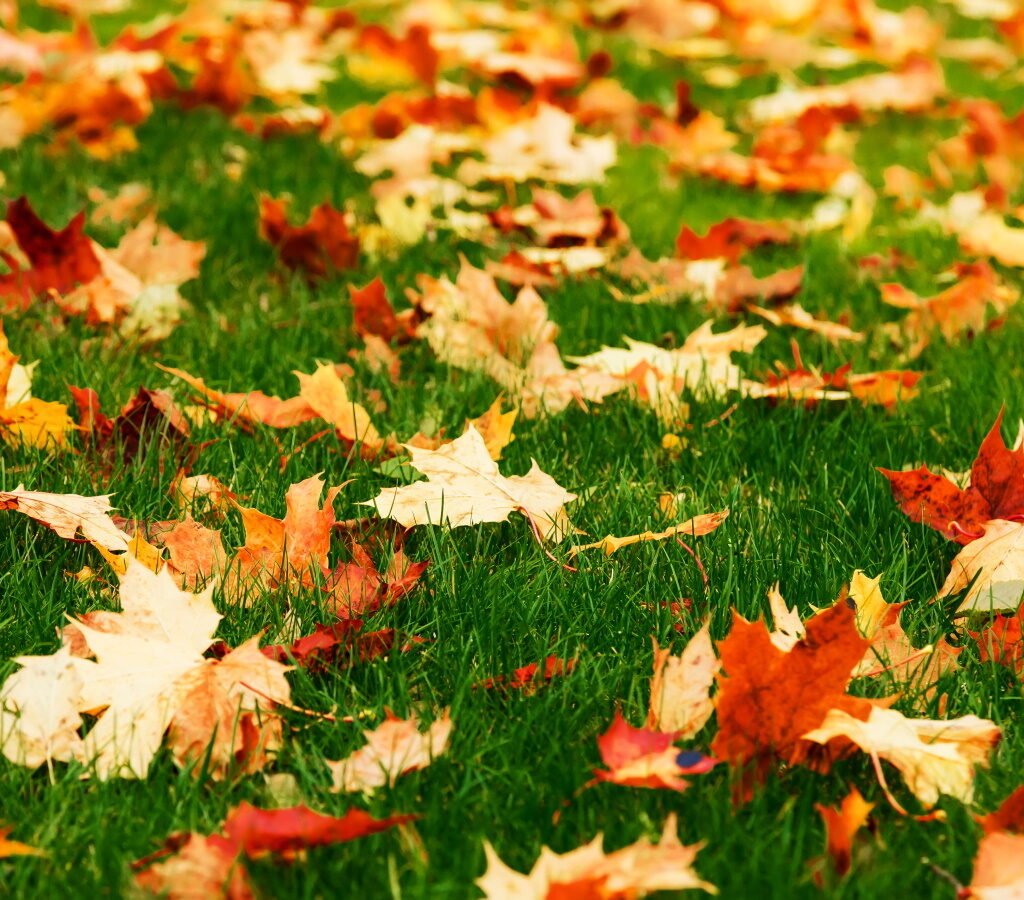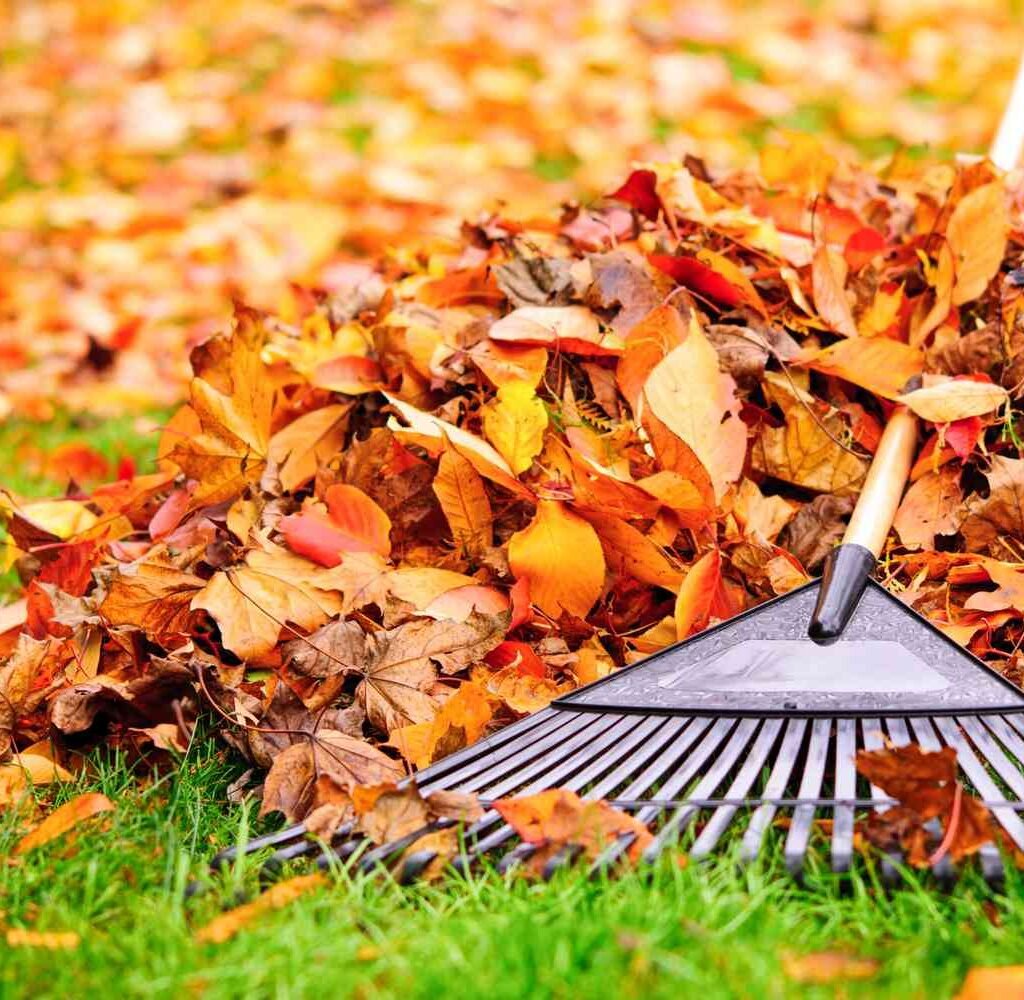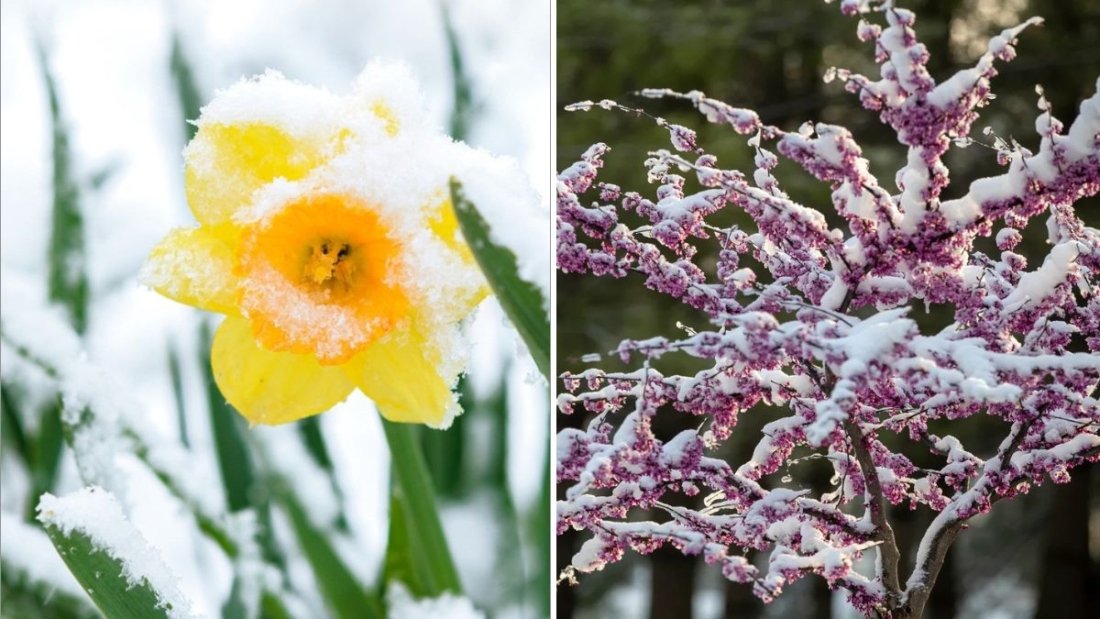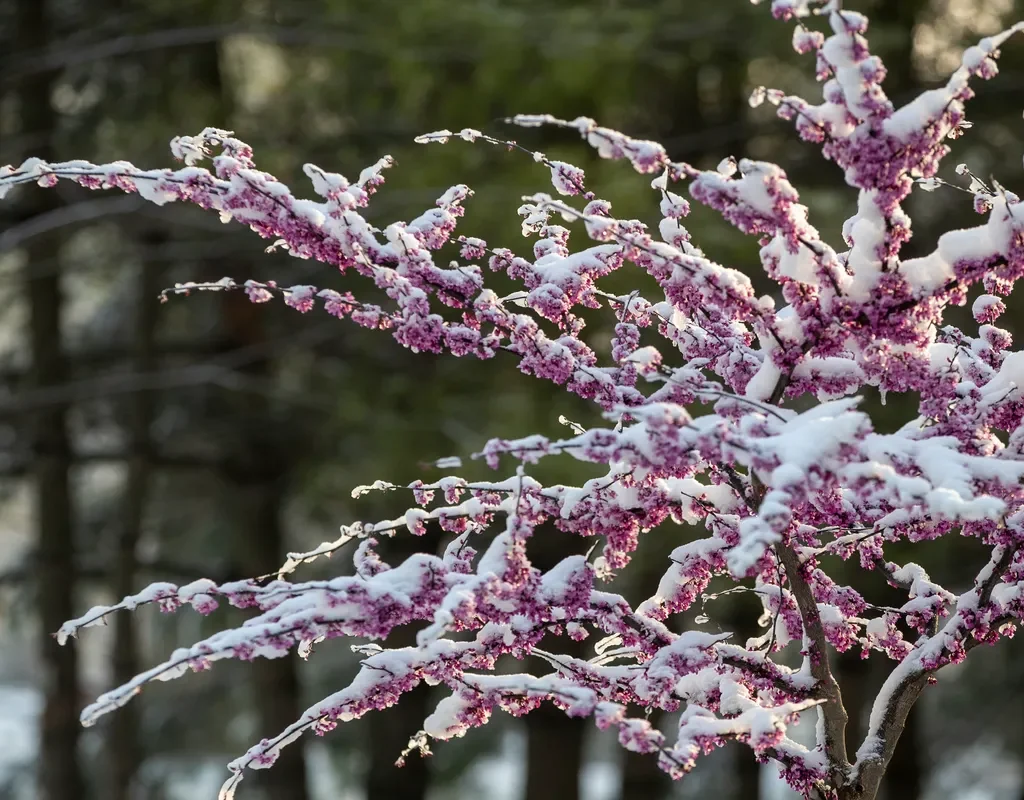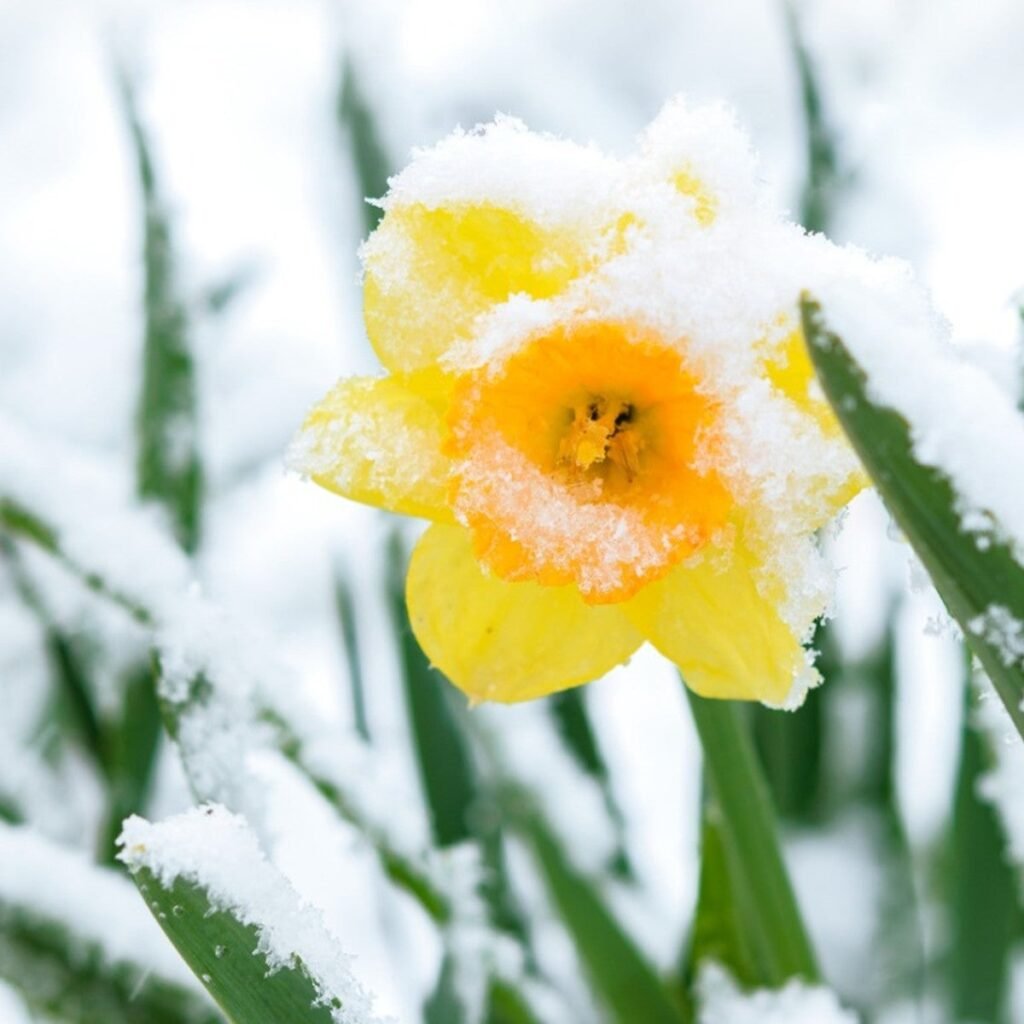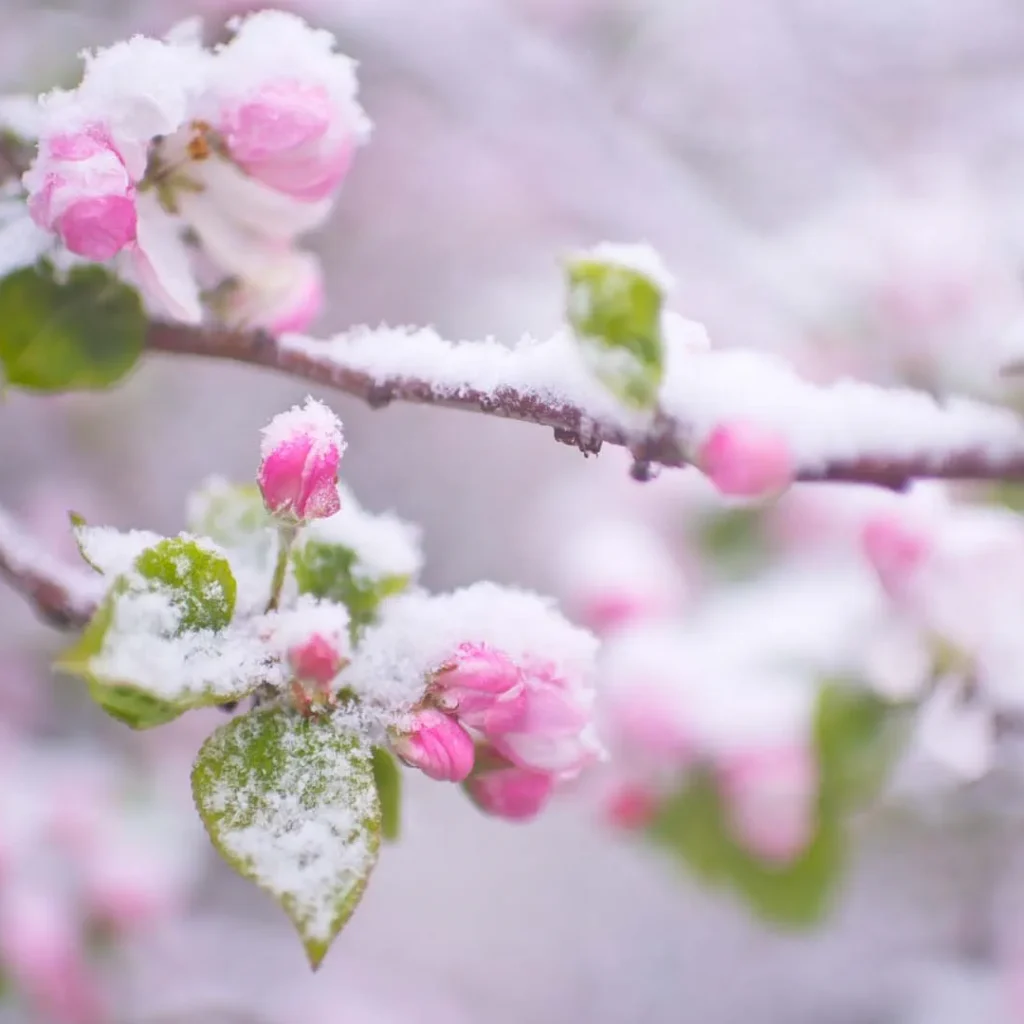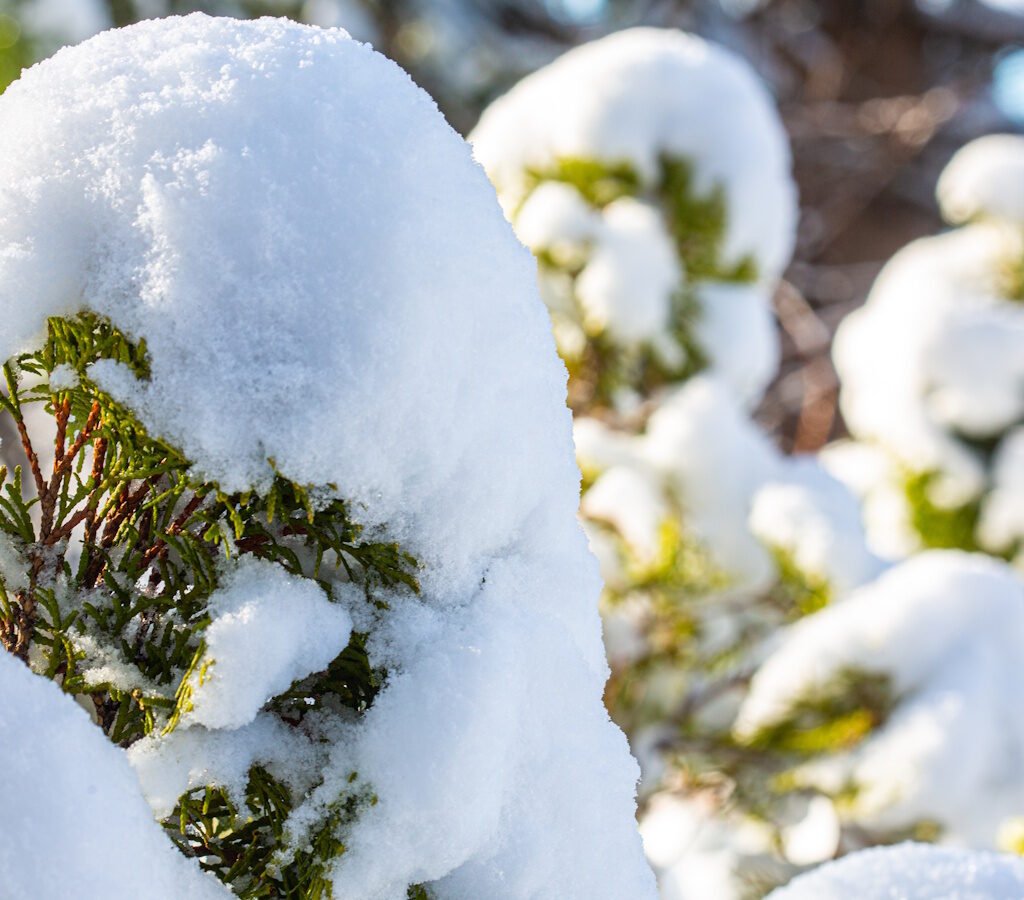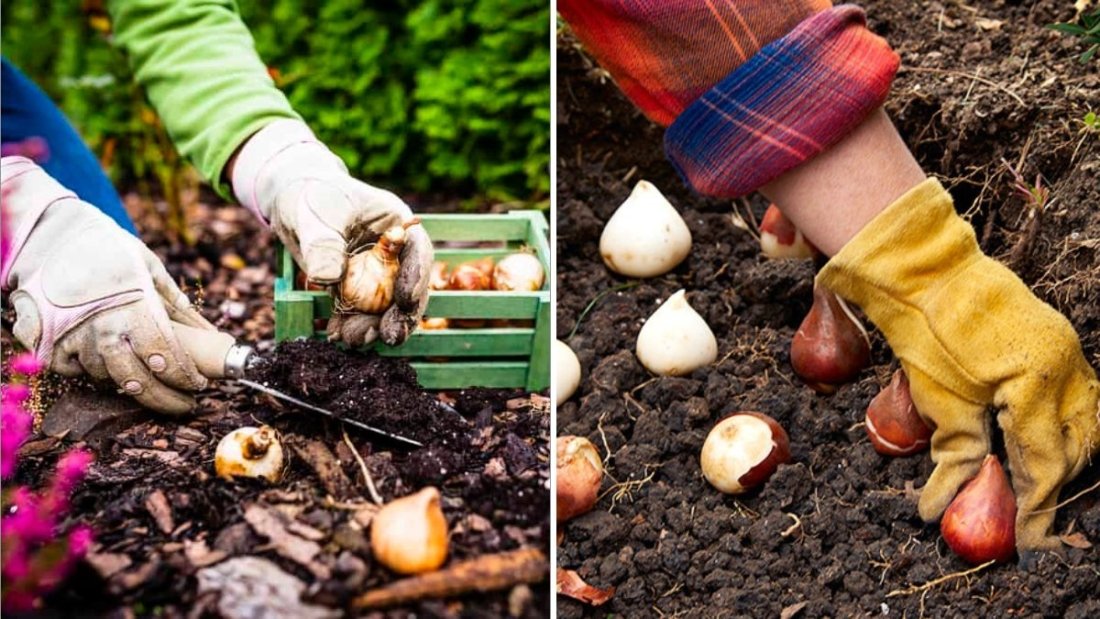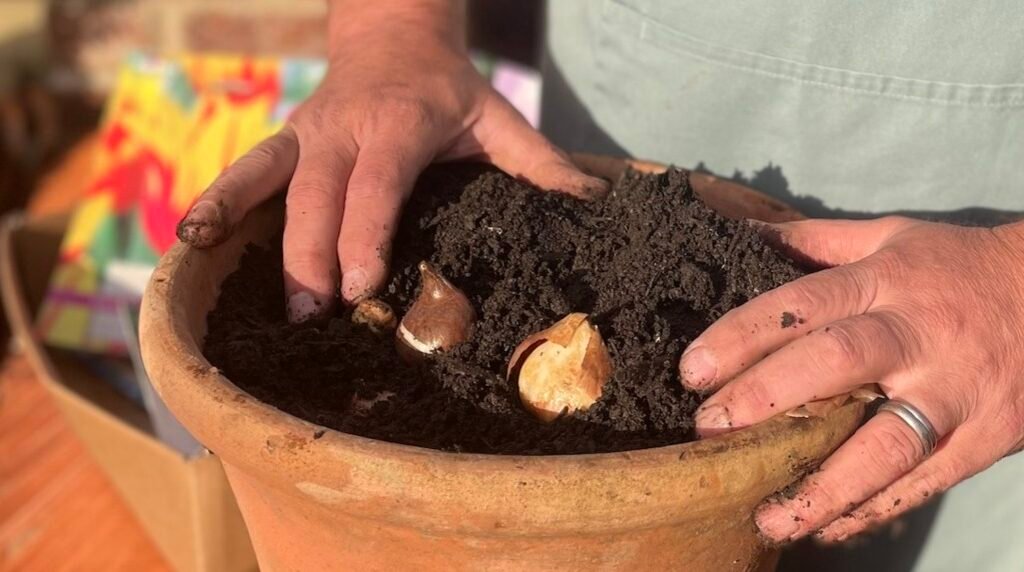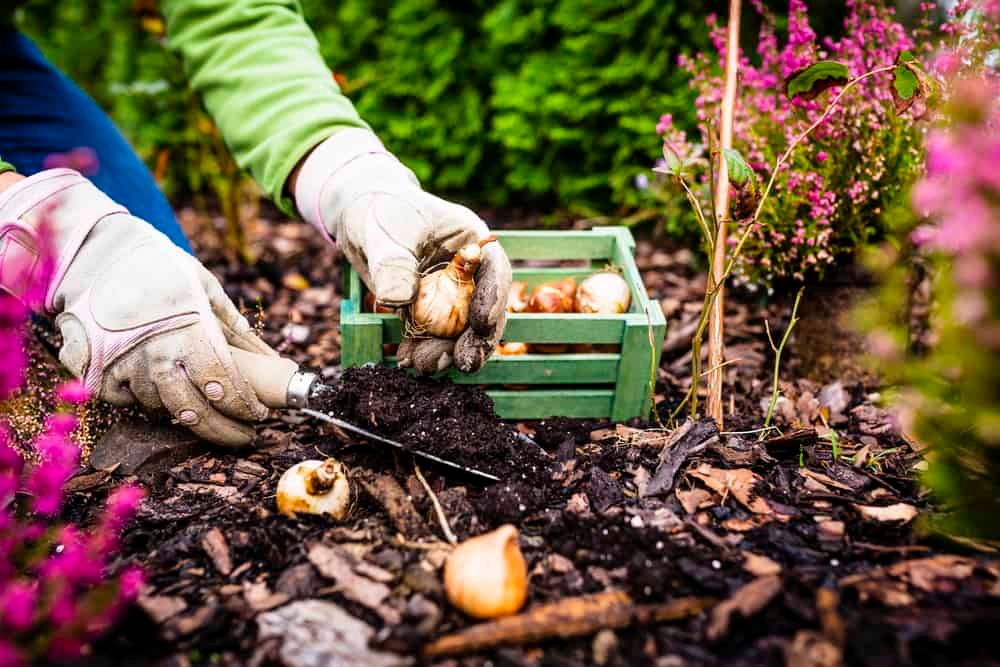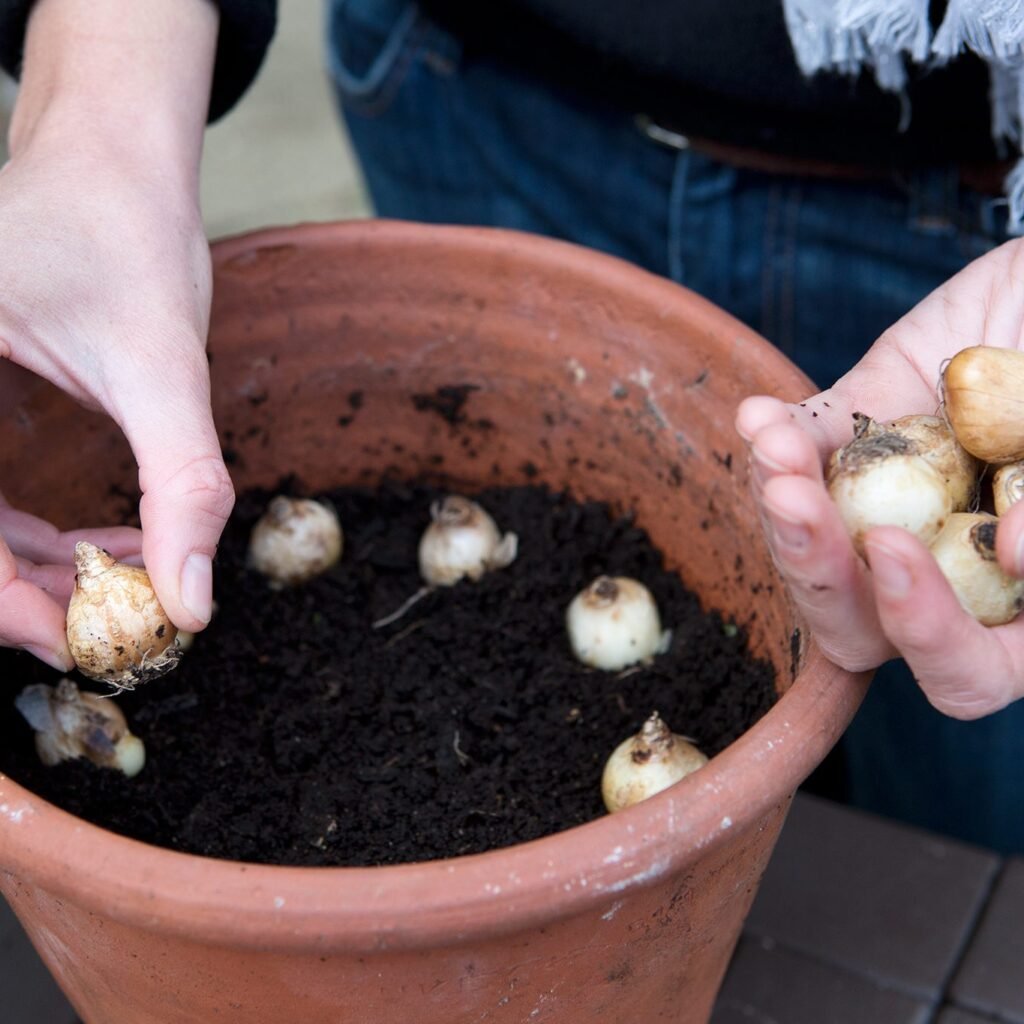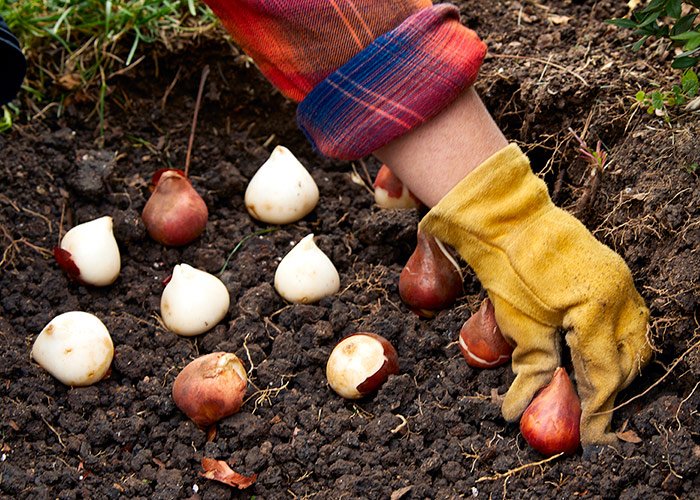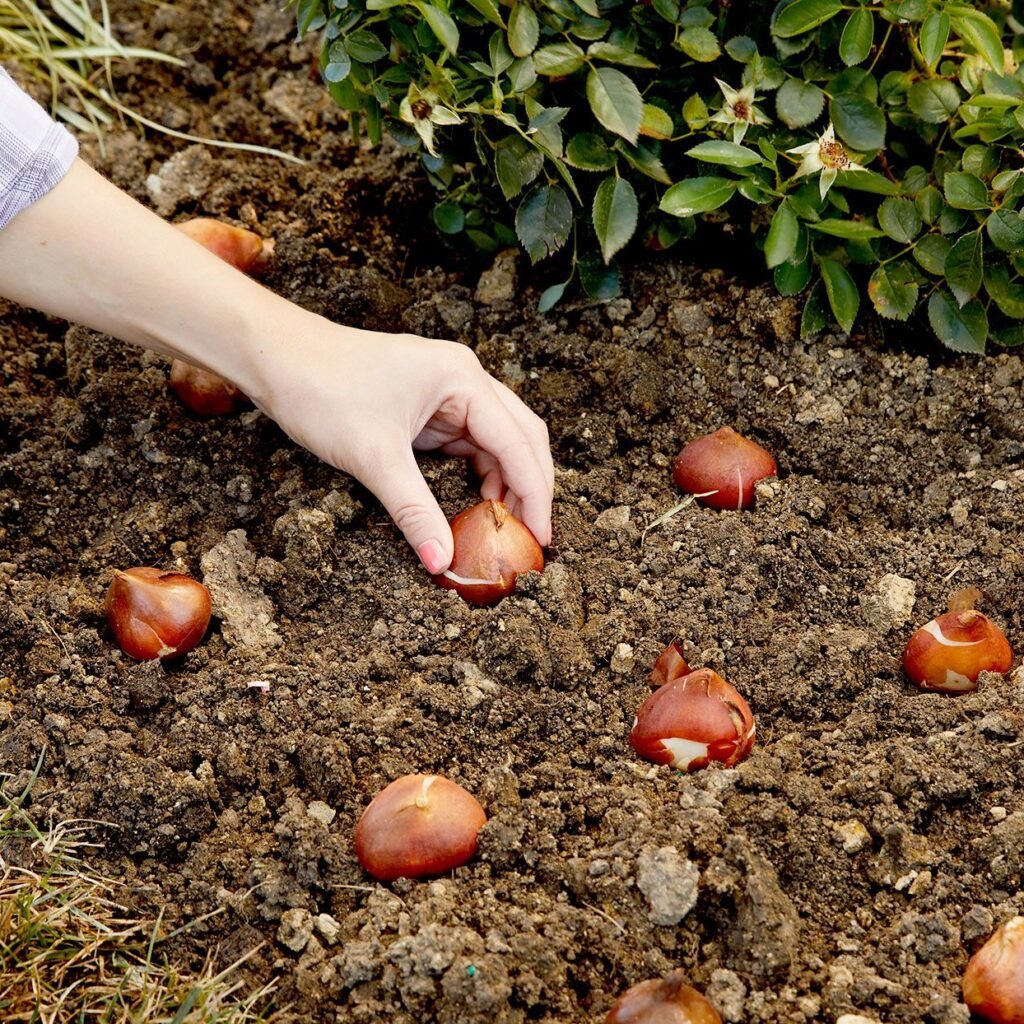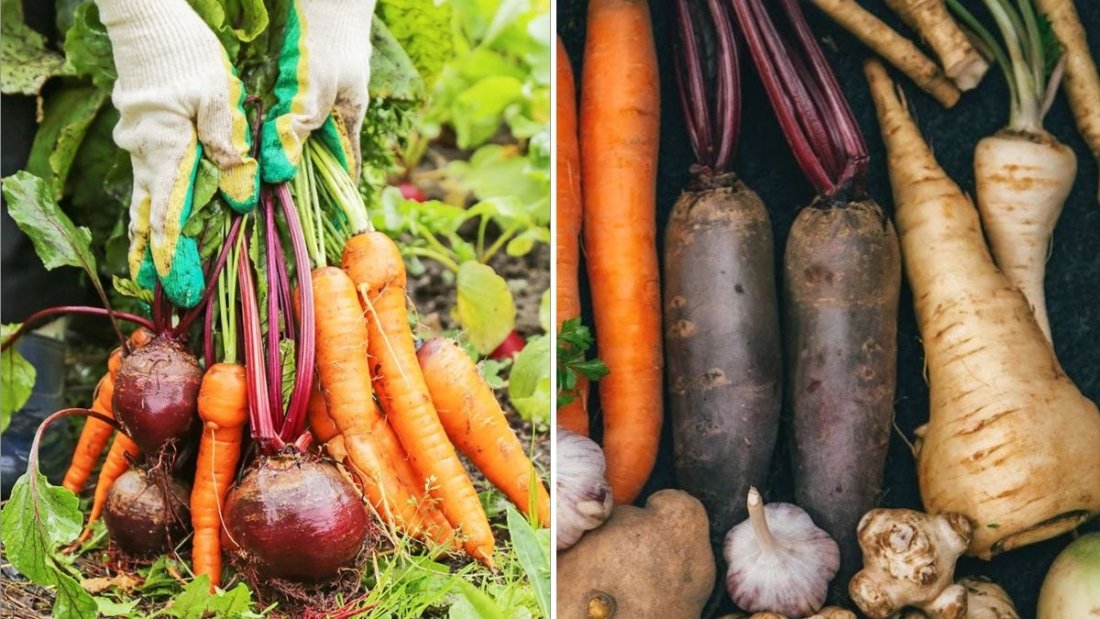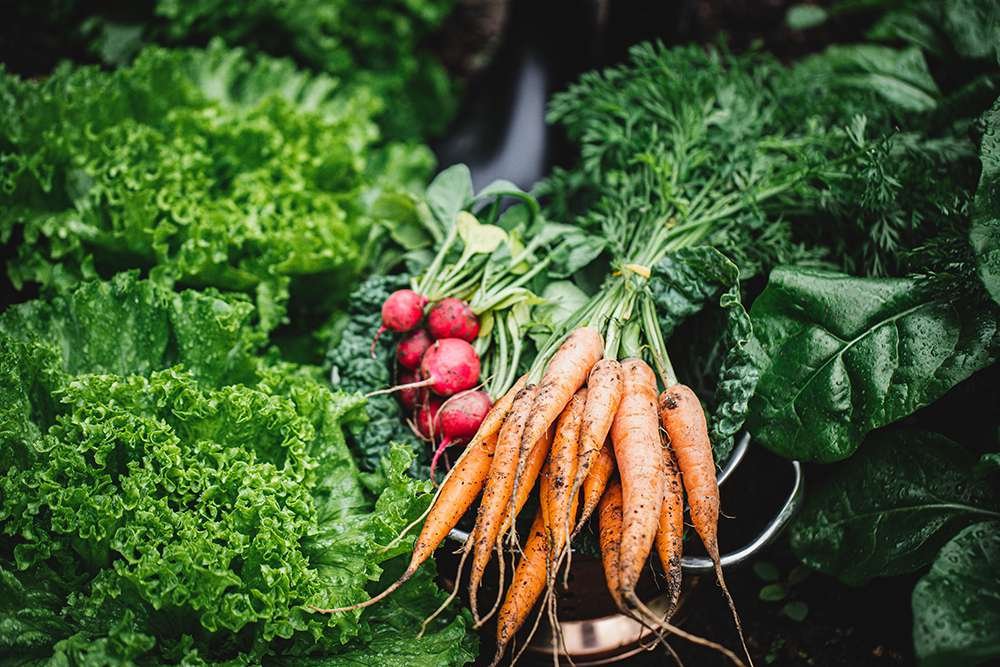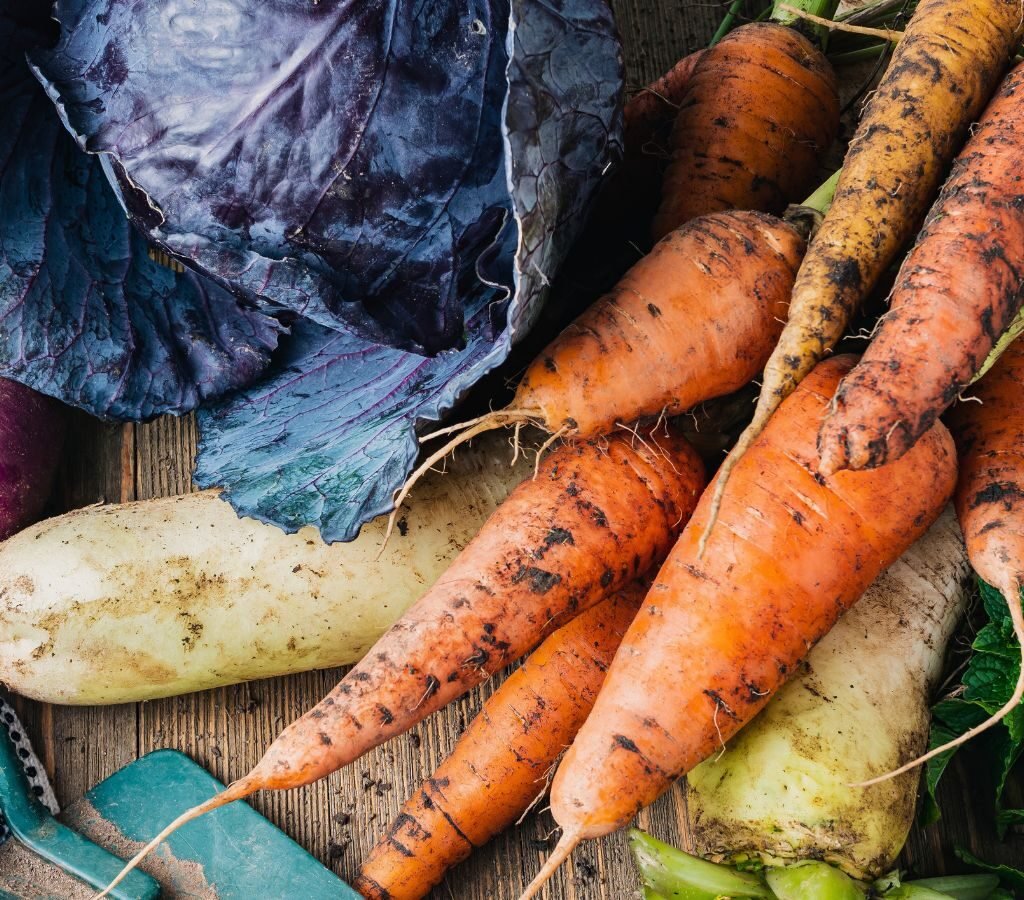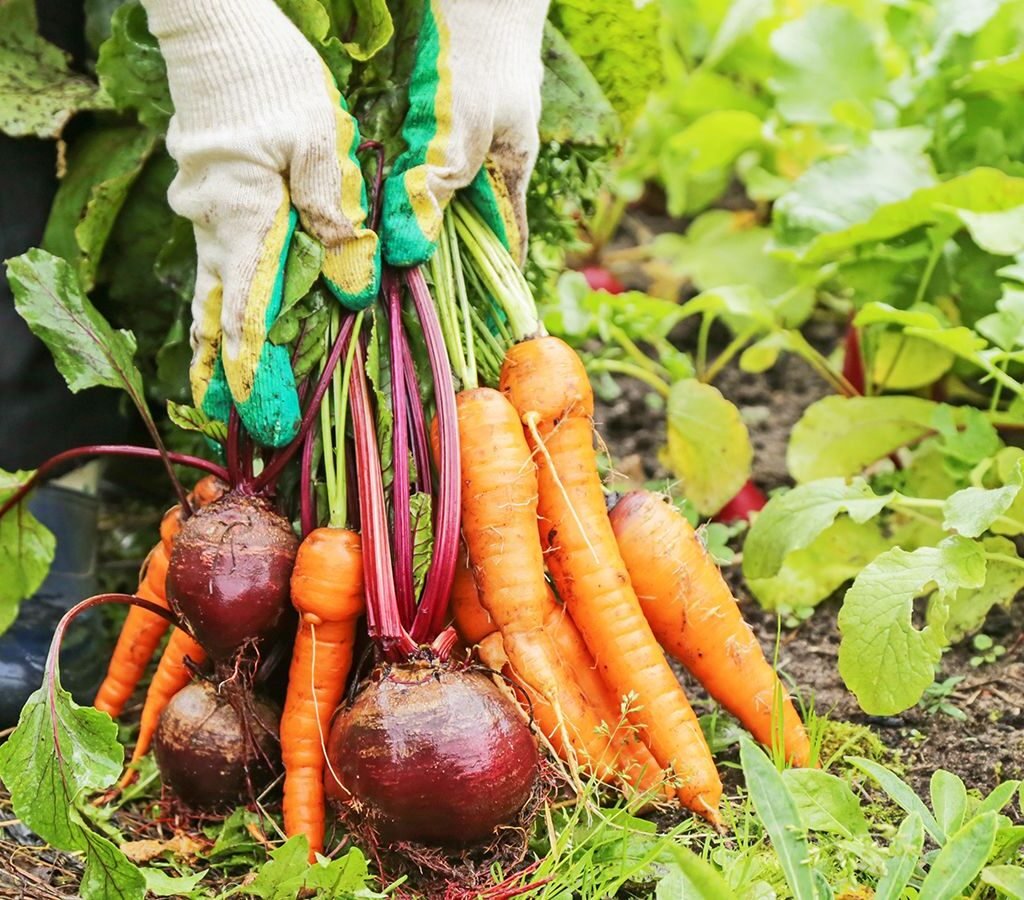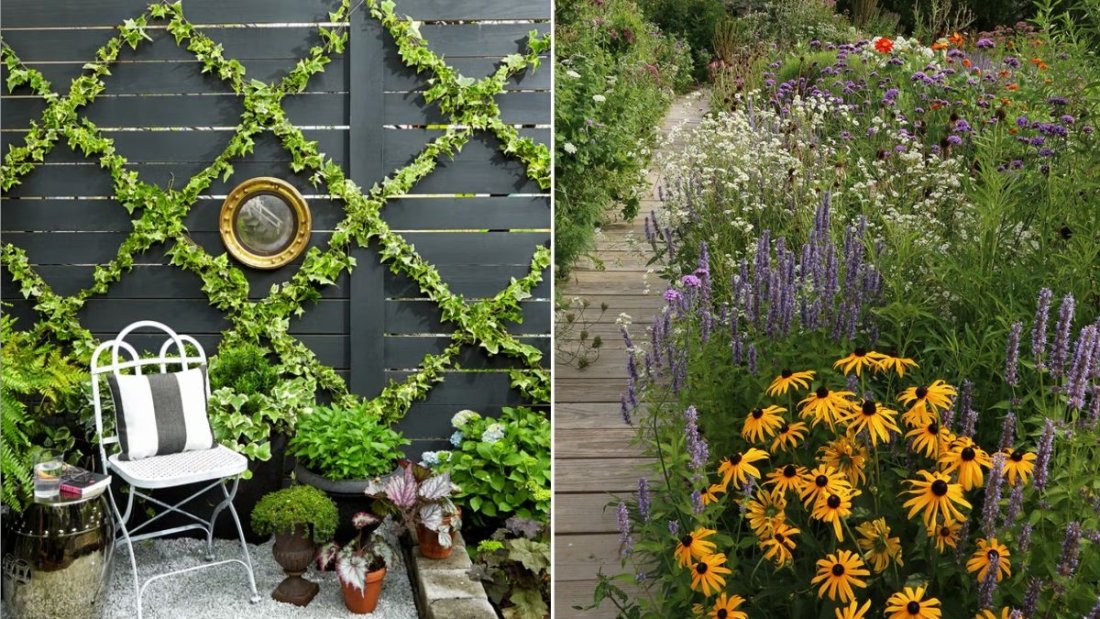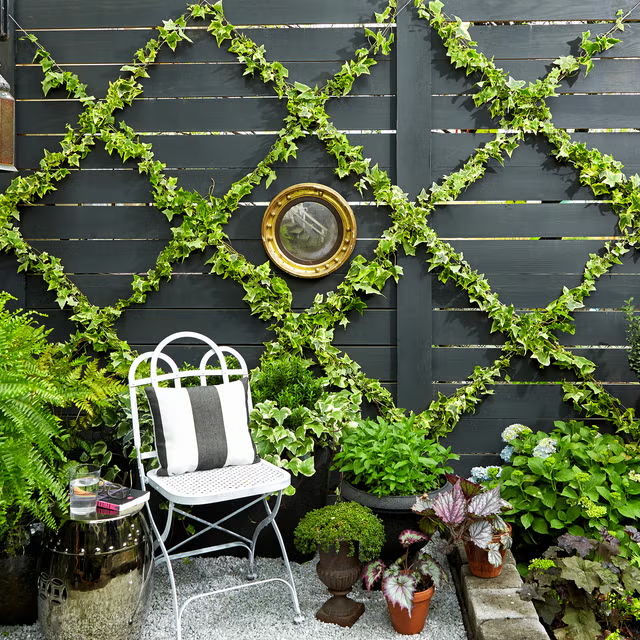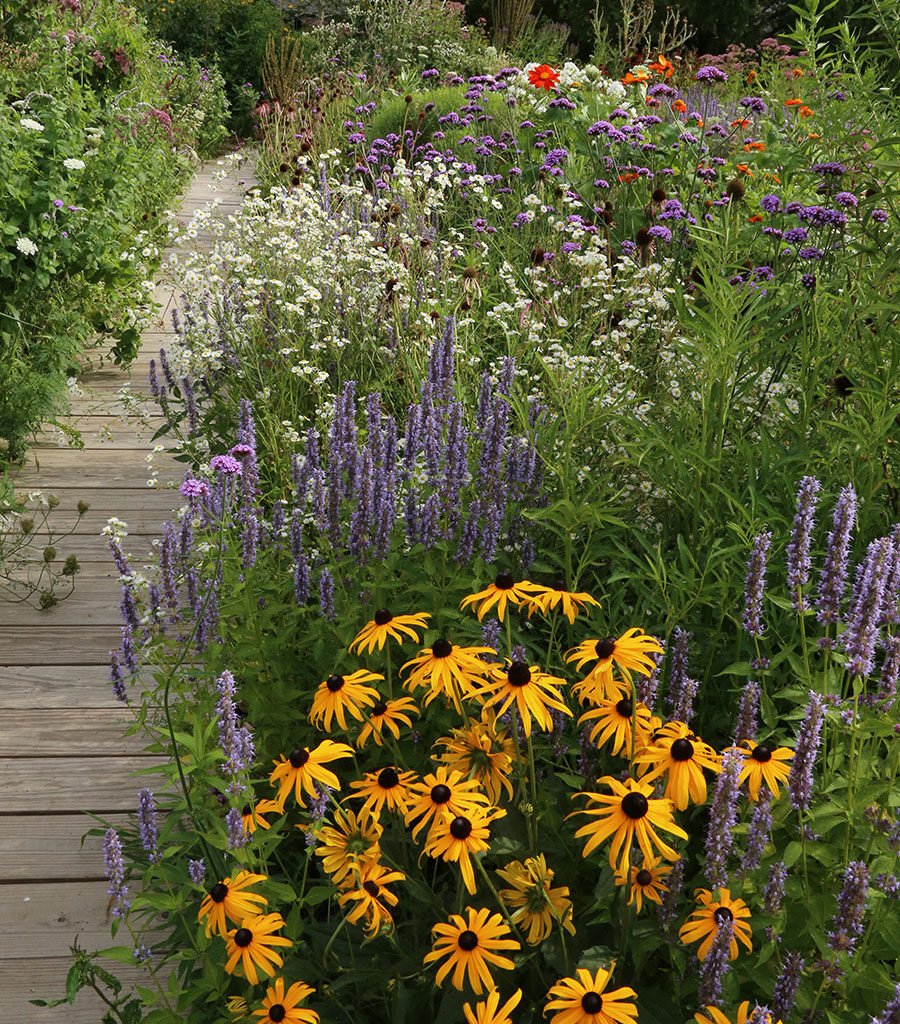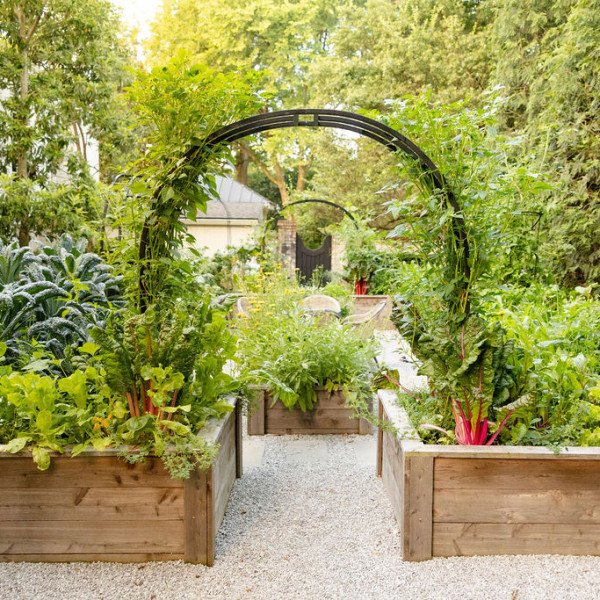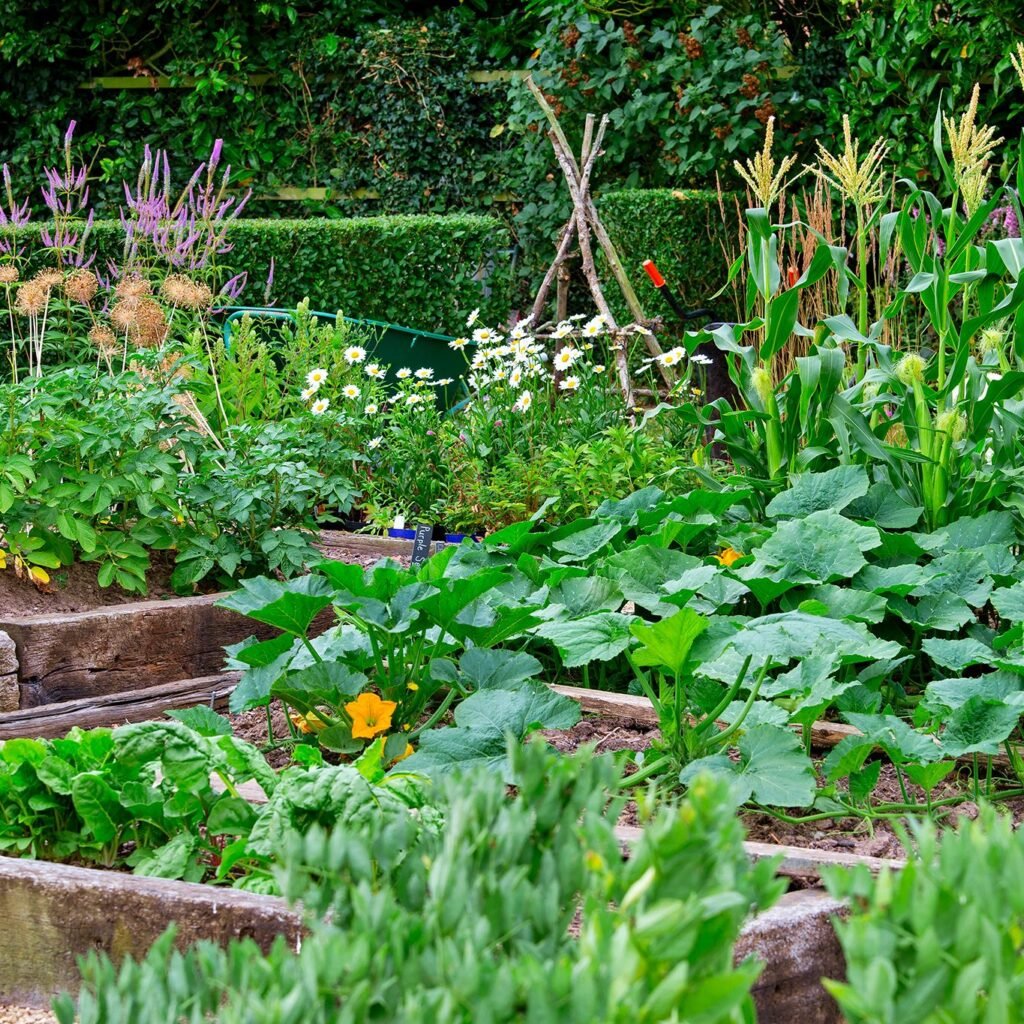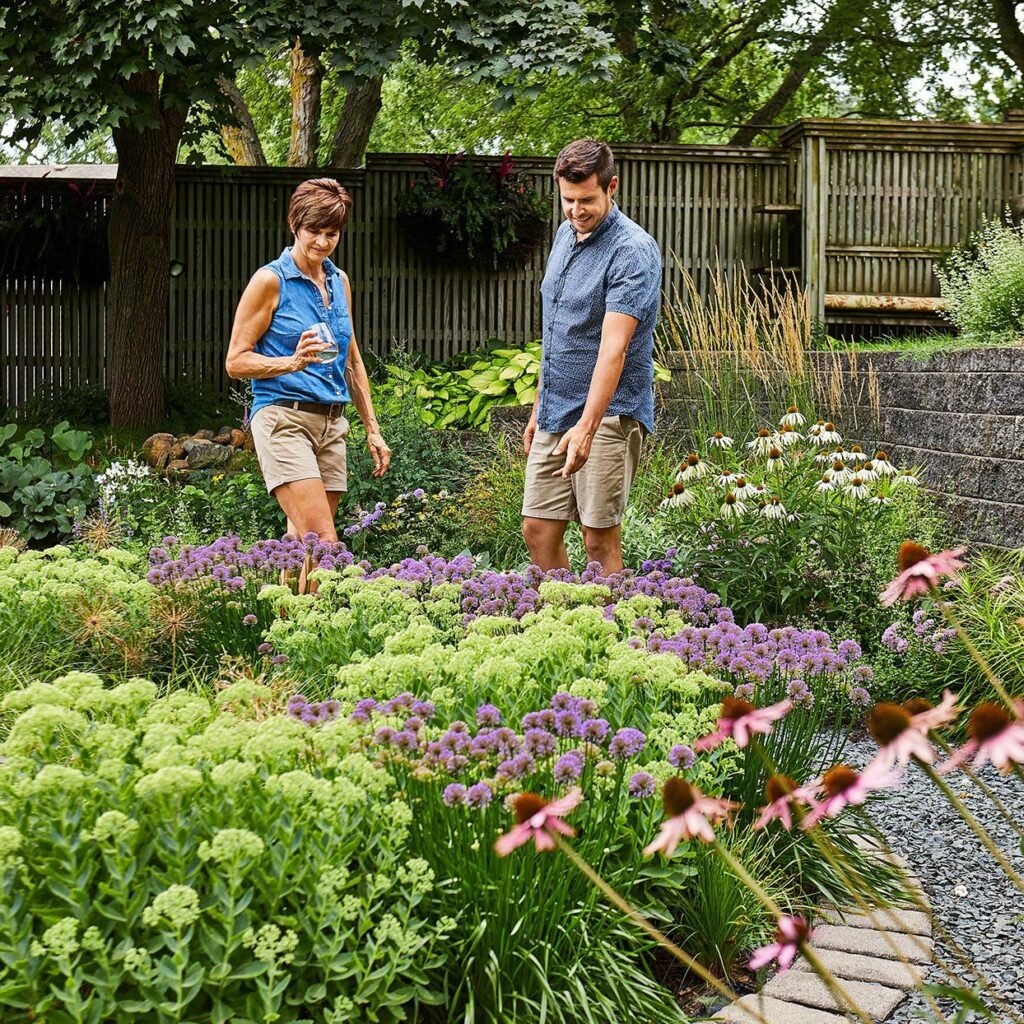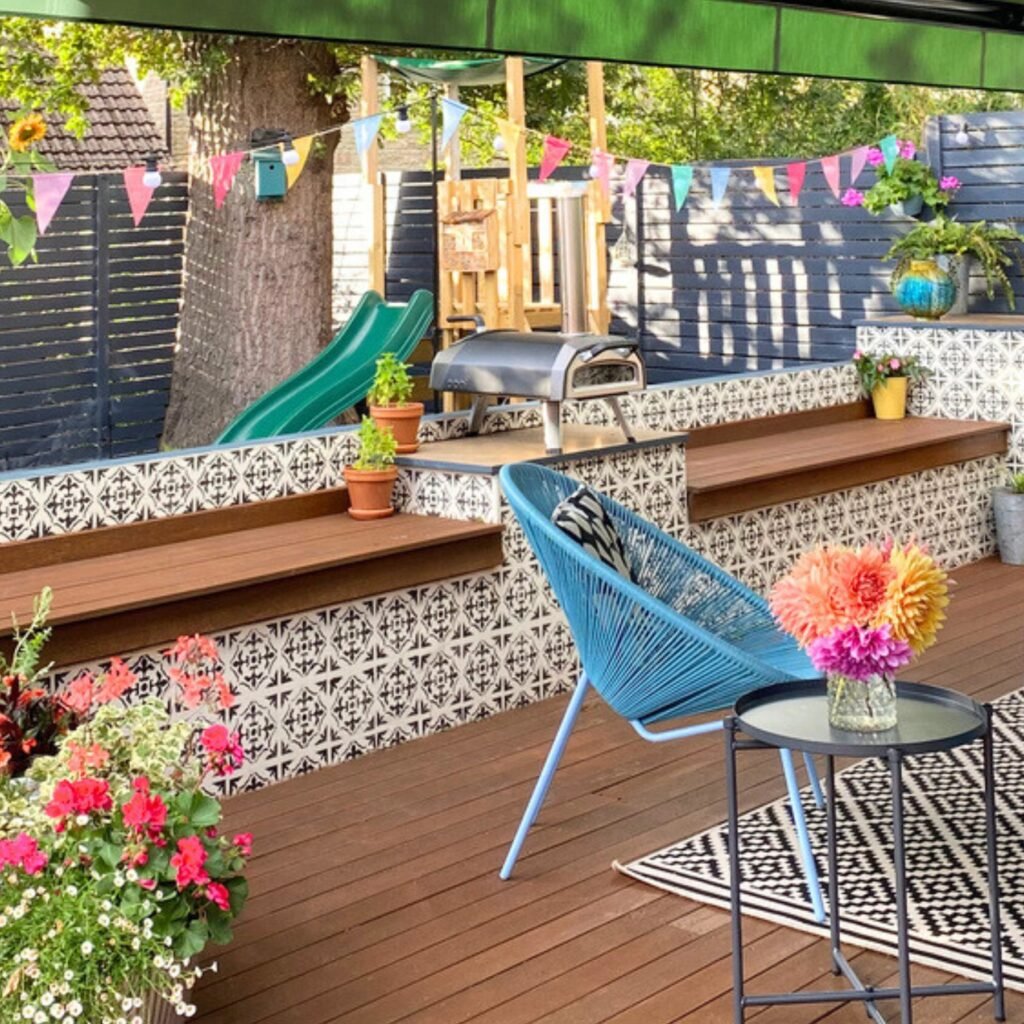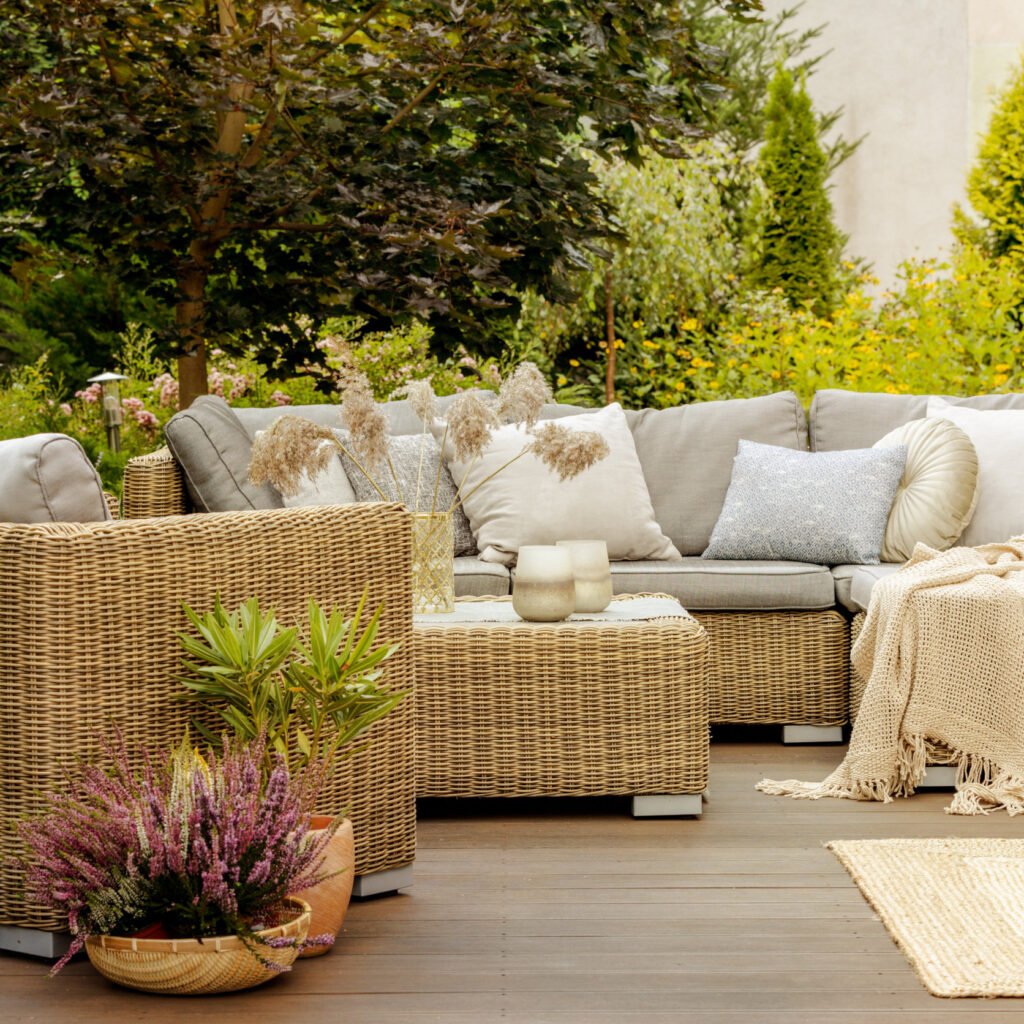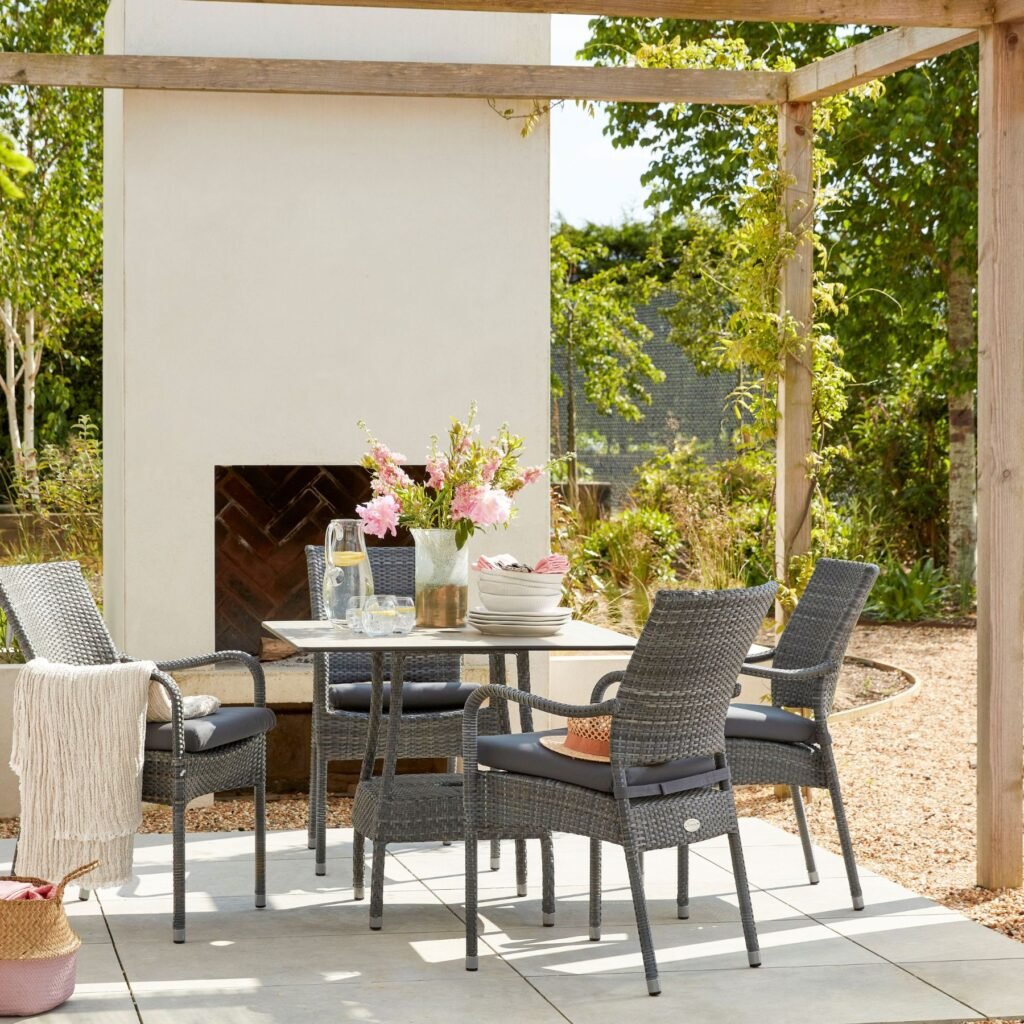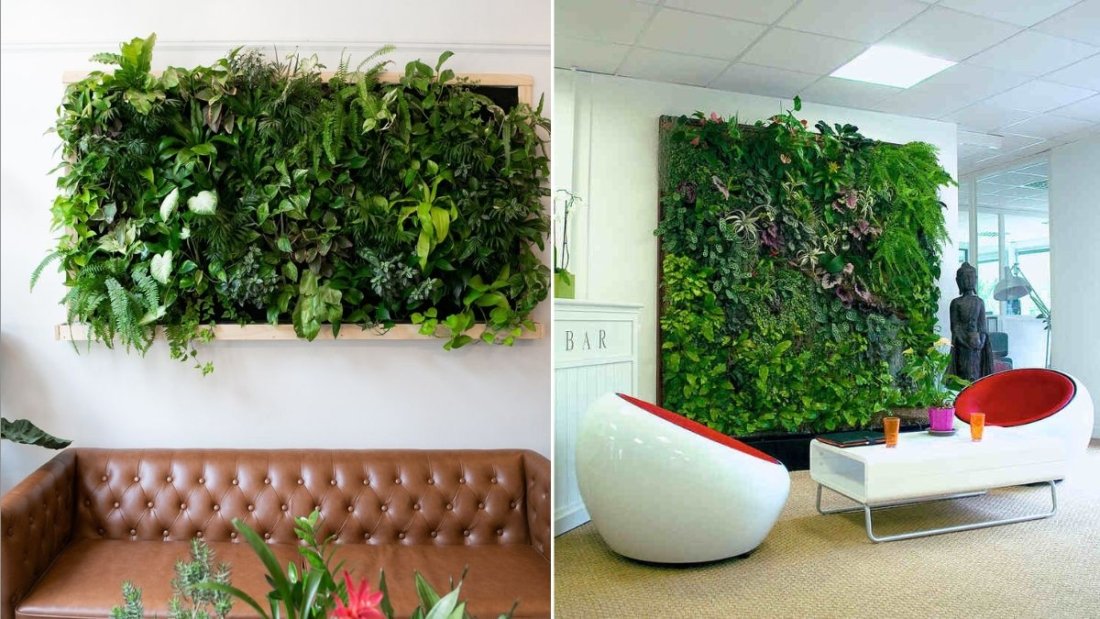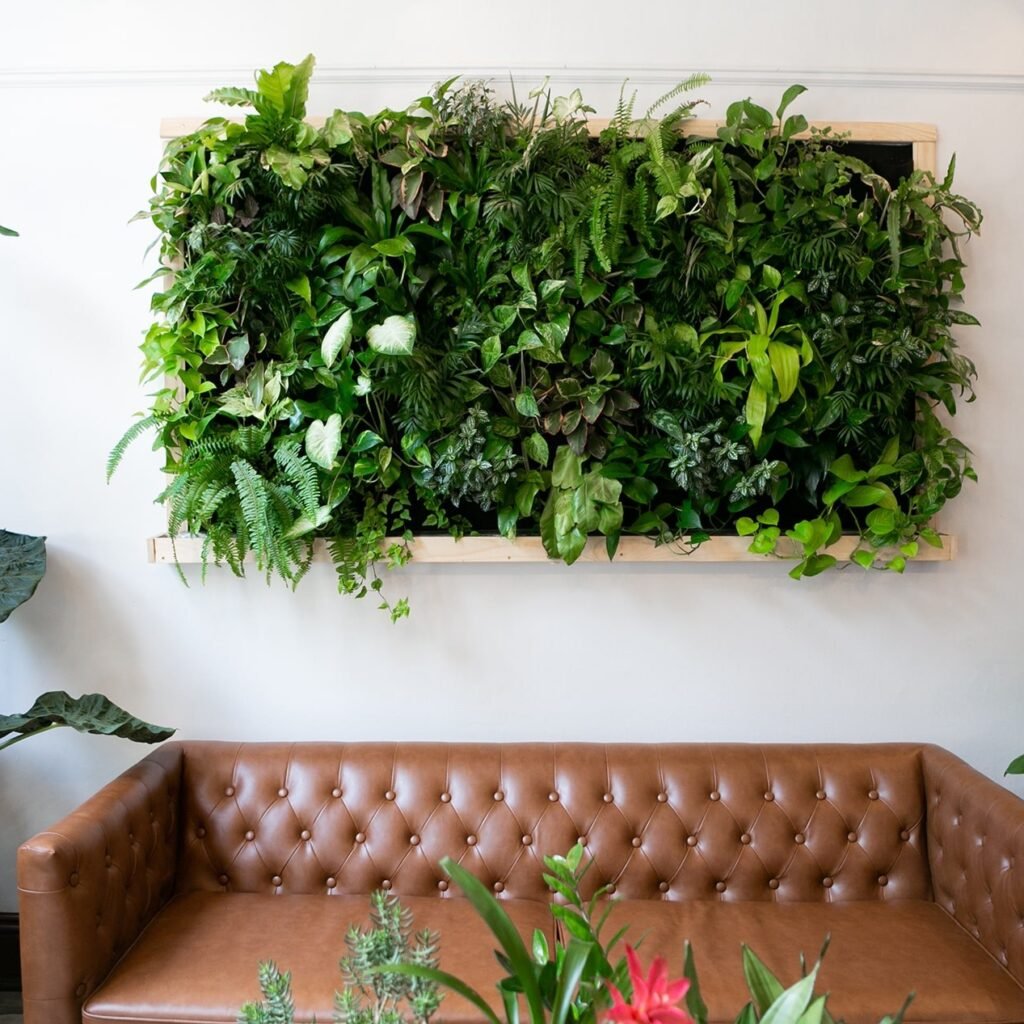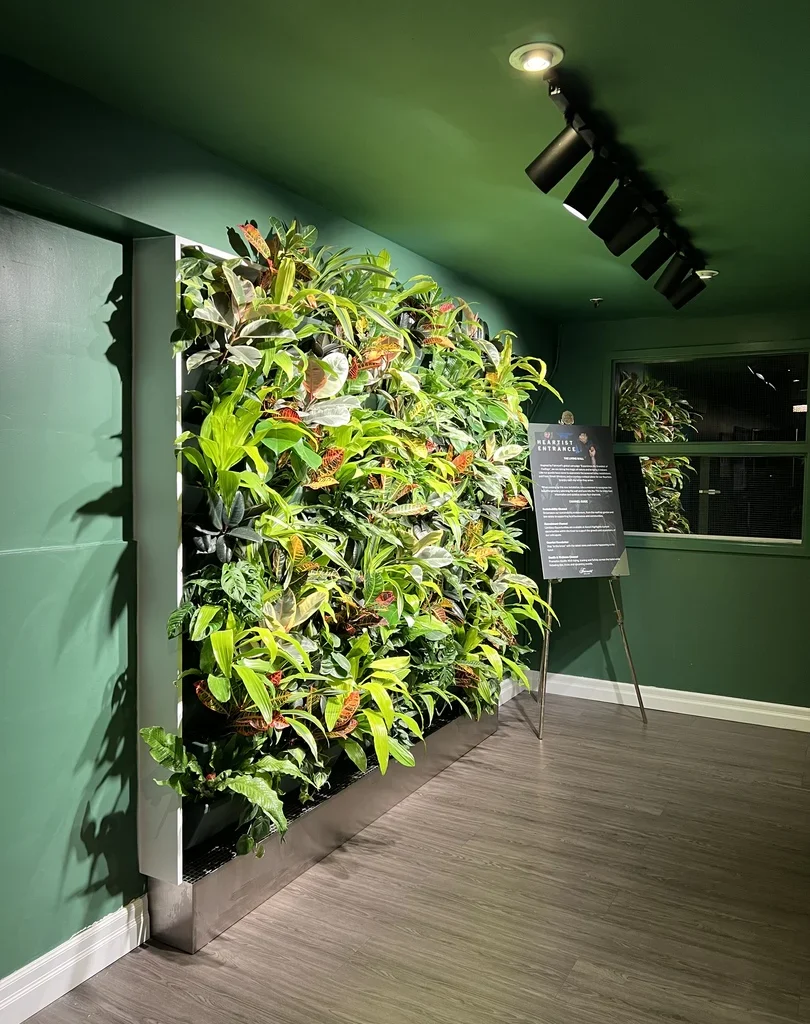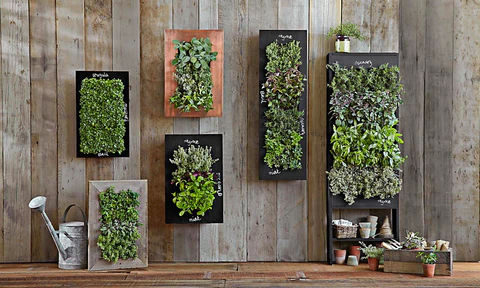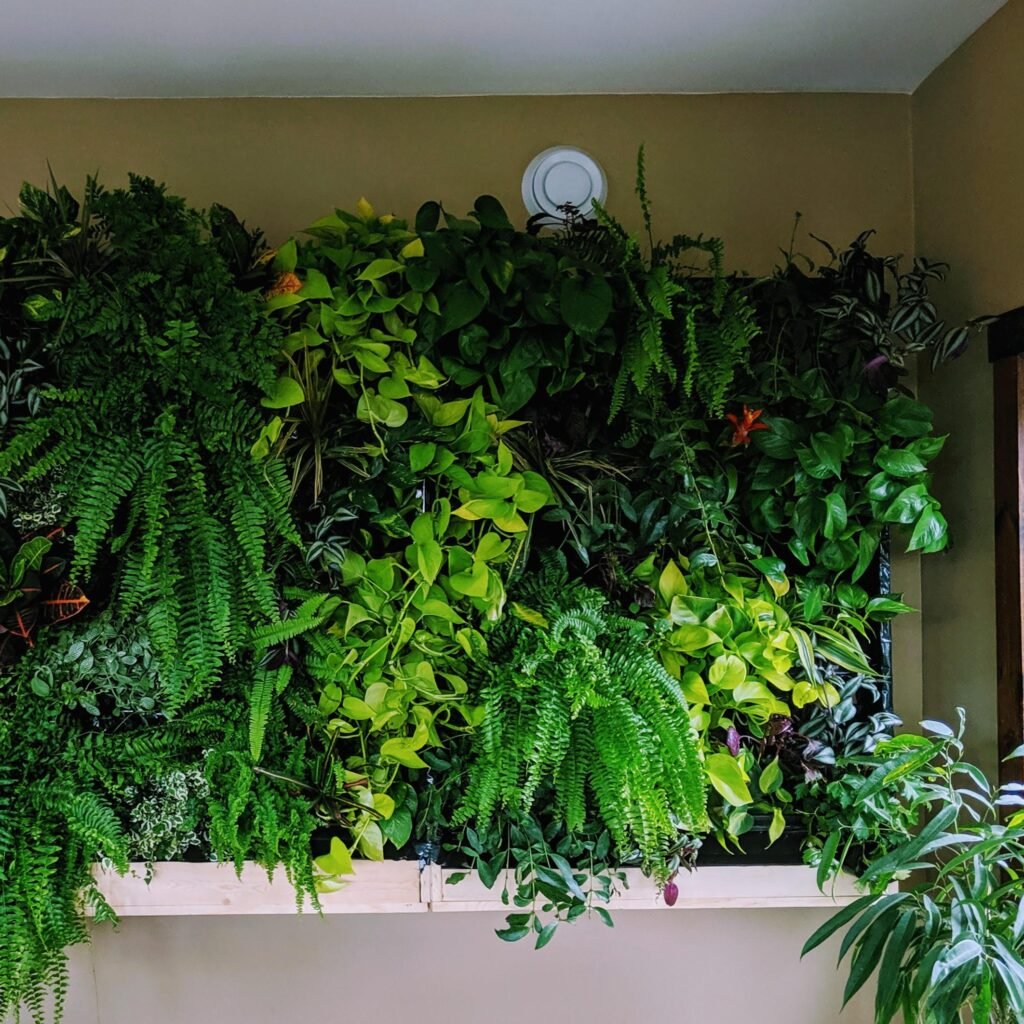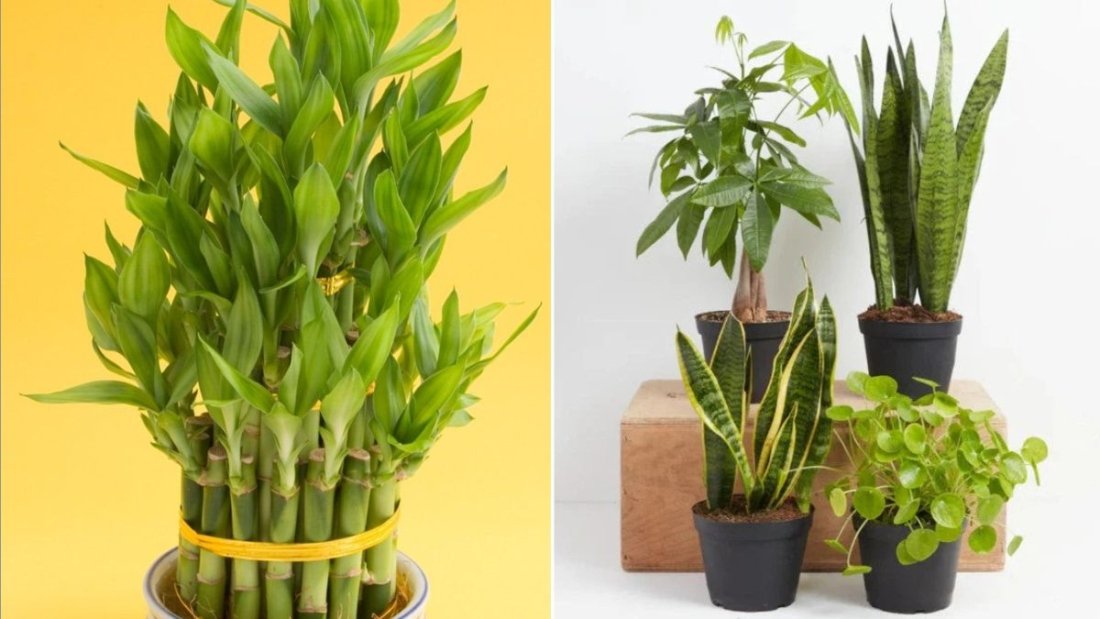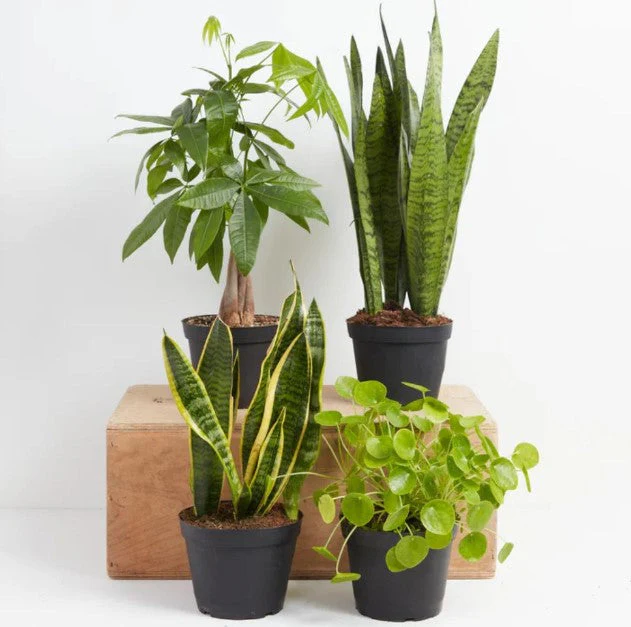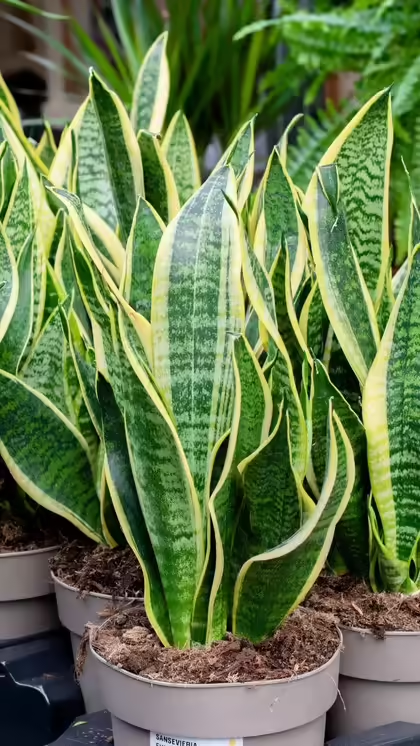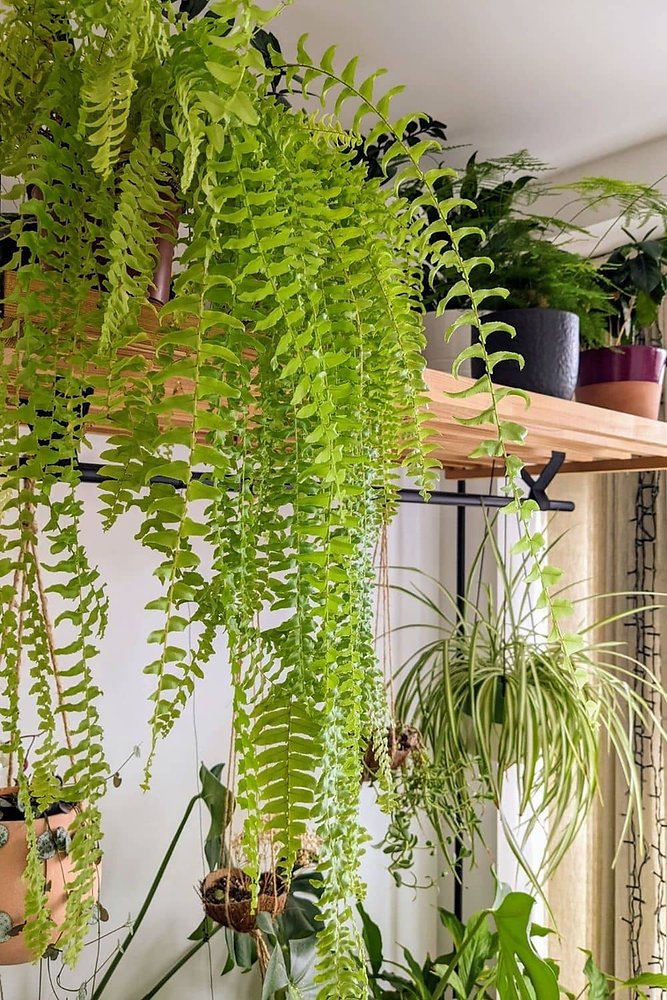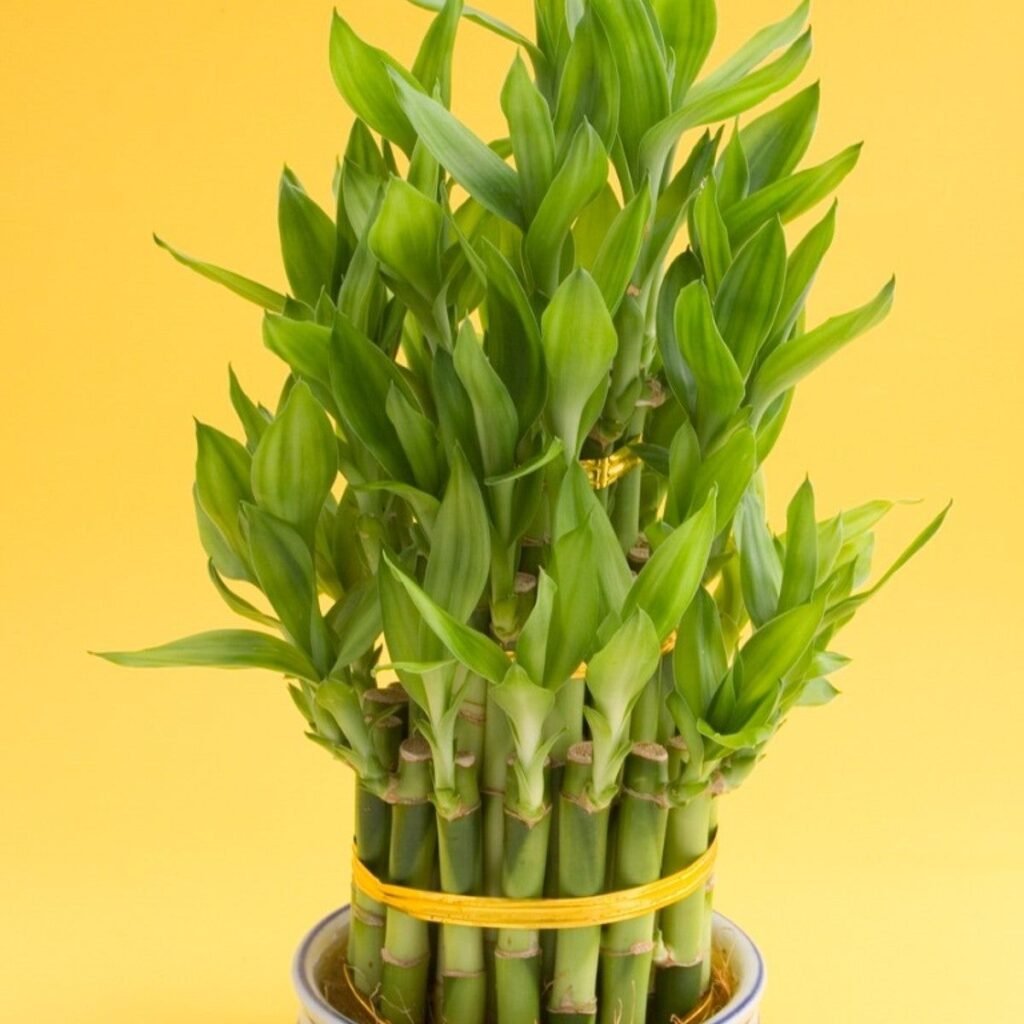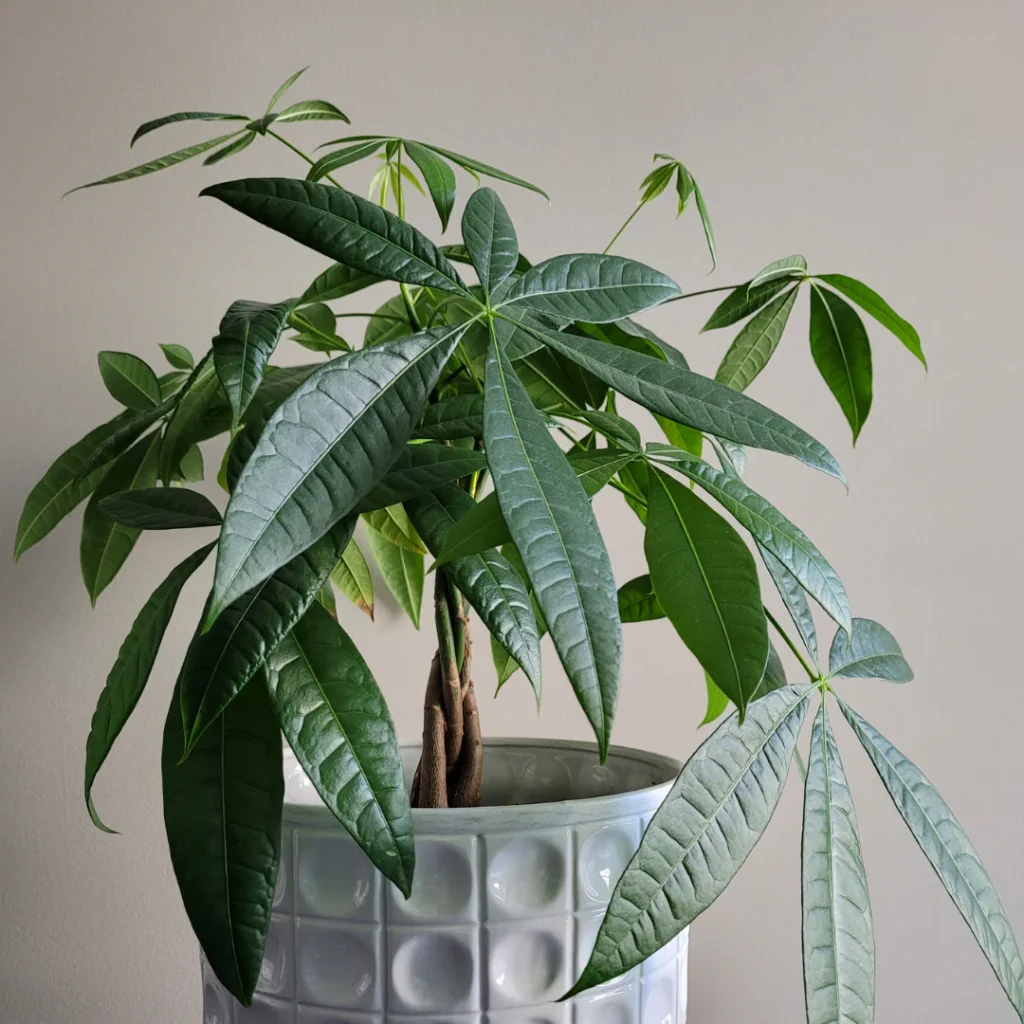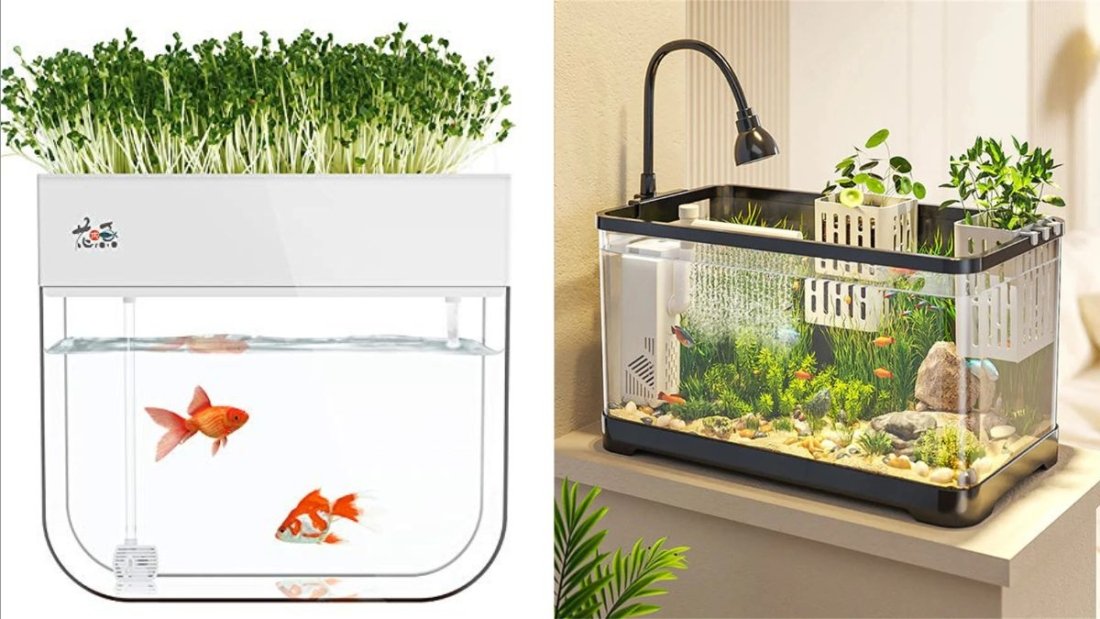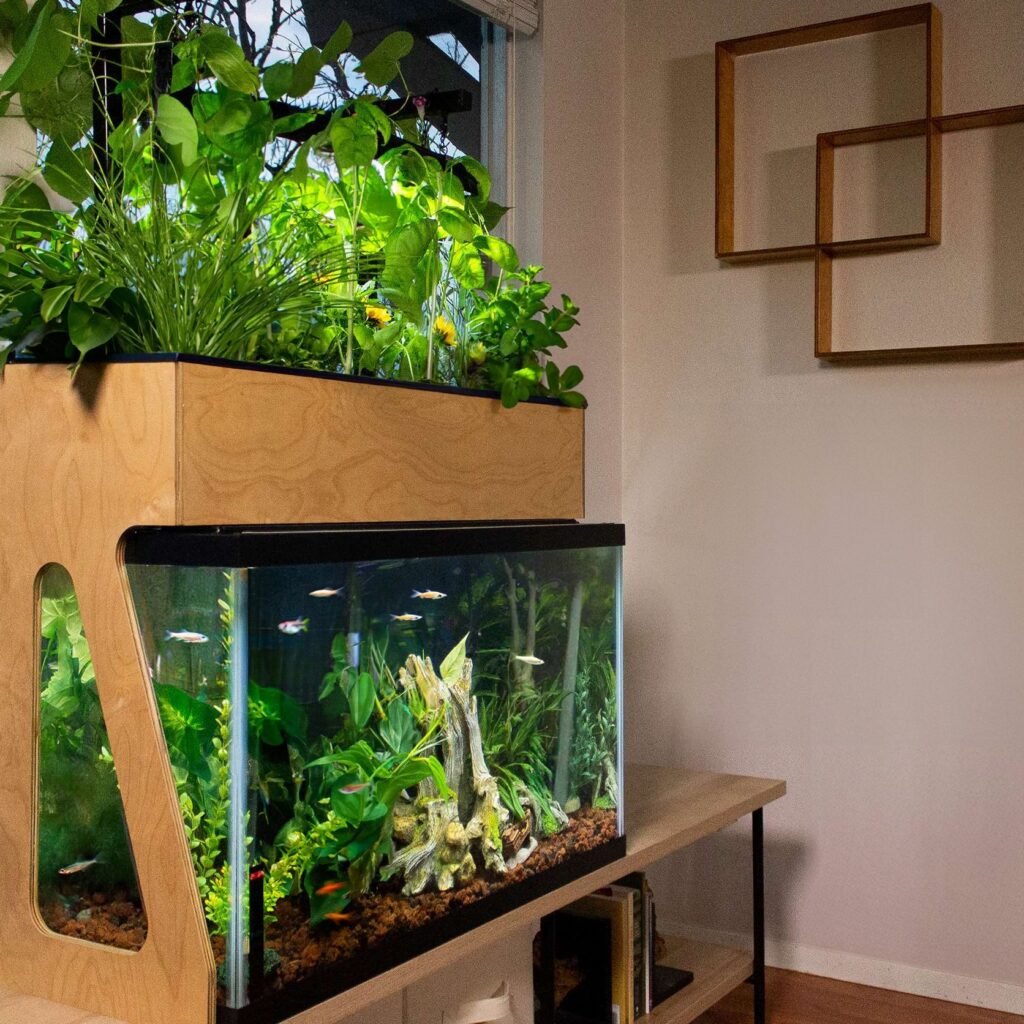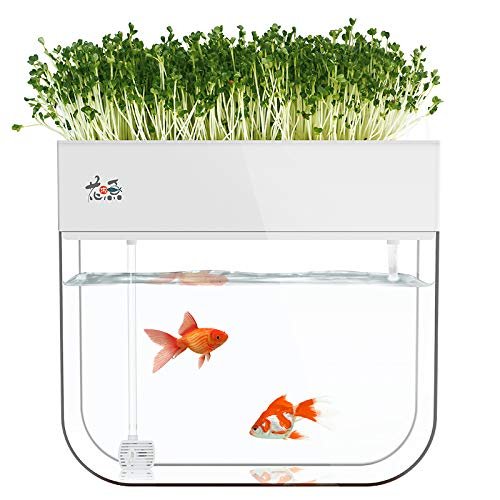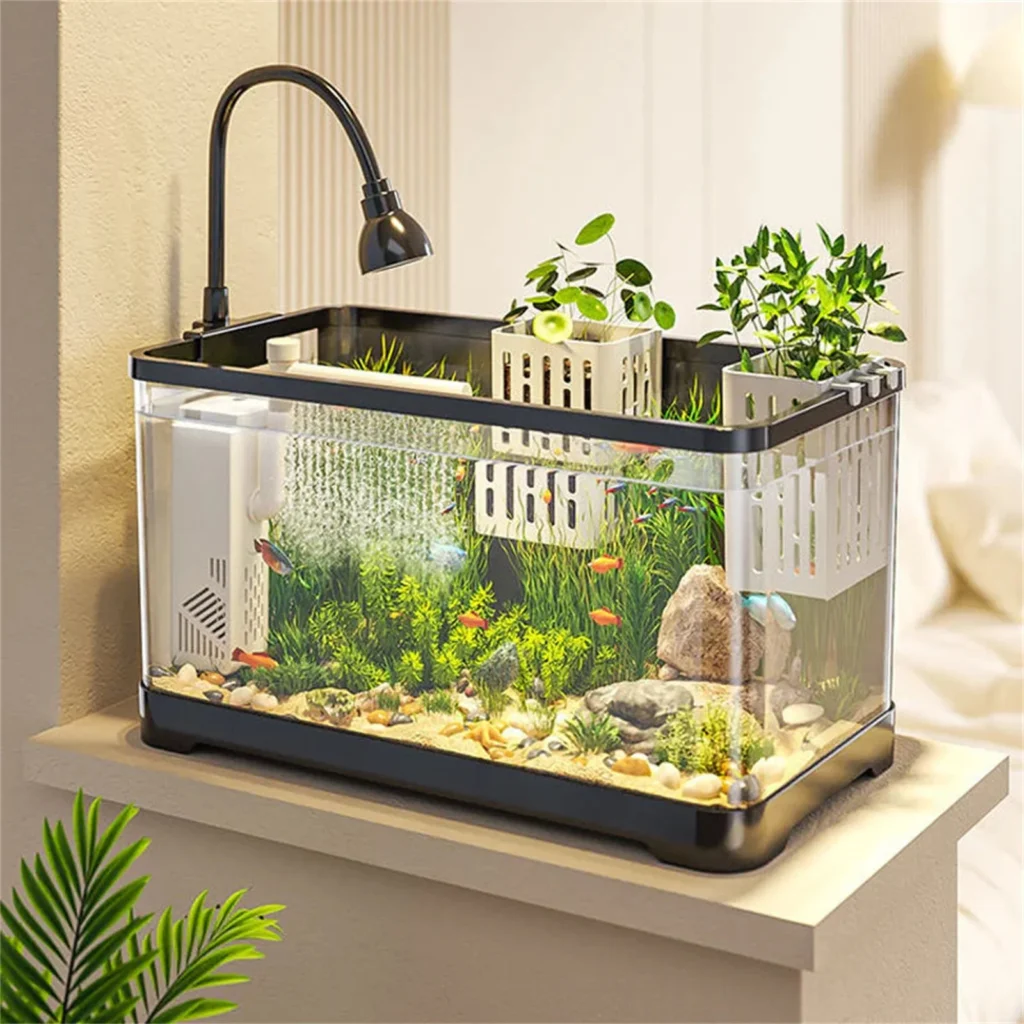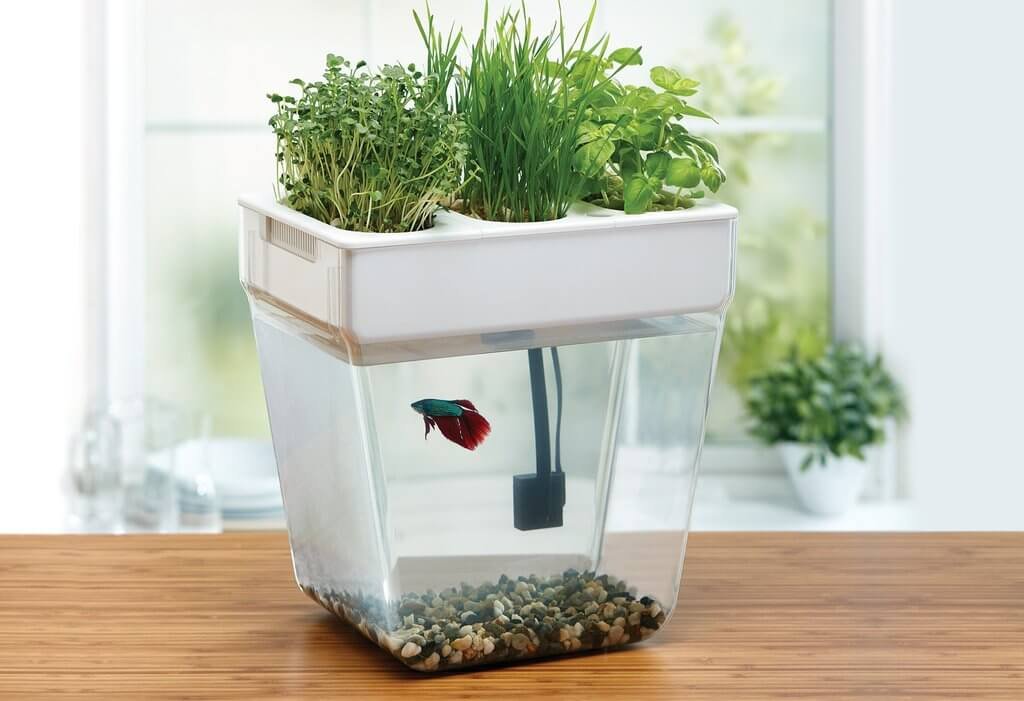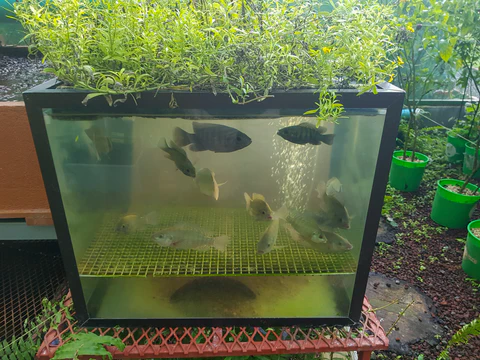Summer can be brutal for gardens. Scorching sunlight, relentless heat, and inconsistent watering can leave even the toughest plants wilted, scorched, or near death. By the time the first cool breezes of autumn arrive, your once-thriving greenery might look tired, brown, and hopeless. But don’t give up—most plants can bounce back with the right post-summer recovery plan.
Reviving plants after a hot summer isn’t just about watering more—it’s about rebuilding strength from the roots up, repairing heat damage, and helping your garden regain balance before winter arrives. Let’s explore how to assess the damage, restore vitality, and prevent future heat stress.
Step 1: Assess the Damage Before Acting
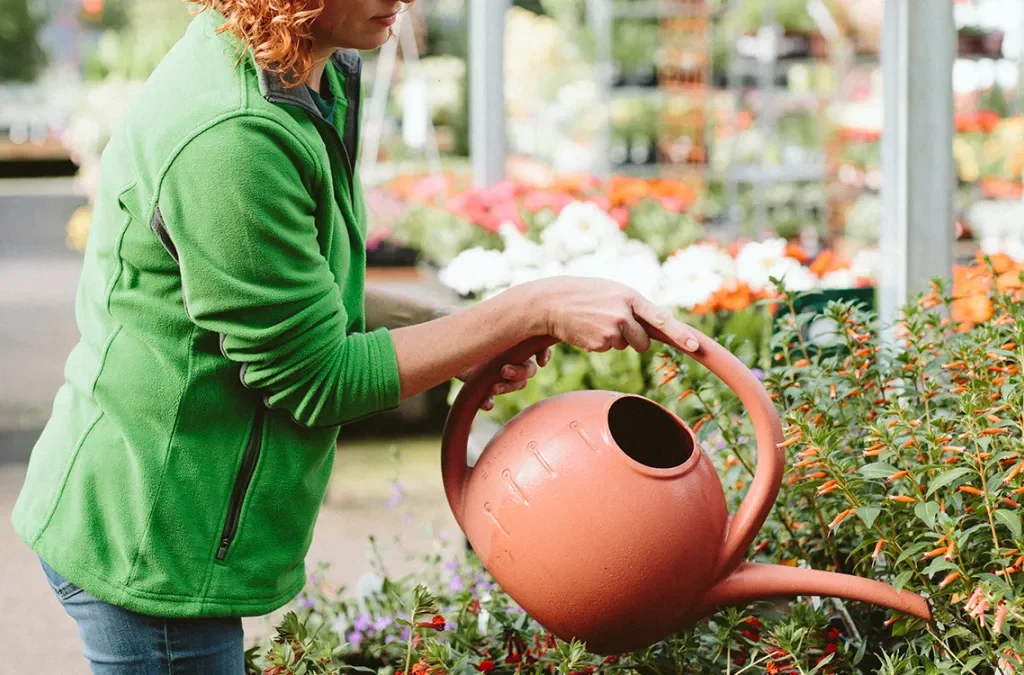
Before grabbing the hose or pruning shears, take time to inspect each plant carefully. Some may only be superficially damaged, while others could be beyond saving.
Look for these key signs:
- Wilted or drooping leaves – often from dehydration, but sometimes due to root rot if overwatered.
- Crispy, brown leaf edges – a sign of sun scorch or nutrient imbalance.
- Yellowing leaves – could mean stress, compacted soil, or fertilizer burn.
- Soft or mushy stems – often caused by watering during peak heat when roots can’t absorb moisture fast enough.
The scratch test:
If you’re unsure whether a plant is still alive, lightly scratch a small section of the stem or branch with your fingernail.
- Green underneath: The plant is still alive and can recover.
- Brown and brittle: That section is dead; prune it off to prevent decay.
Once you’ve identified which plants are worth saving, you can begin the revival process.
Step 2: Trim Back the Damage
One of the best ways to help stressed plants recover is through strategic pruning. Removing damaged or dead parts allows the plant to redirect energy into new, healthy growth.
How to prune effectively:
- Cut away dead or scorched leaves using clean, sharp shears.
- Remove wilted flowers to stop the plant from wasting energy on seed production.
- Trim back leggy or heat-stressed stems to encourage bushier regrowth.
- Avoid heavy pruning (especially on shrubs or perennials) until temperatures stabilize, as cutting too much can shock the plant further.
Pro Tip: Always sanitize your pruning tools between plants to prevent the spread of disease, especially if you notice mold or mildew on leaves.
Step 3: Rehydrate Deeply—but Smartly
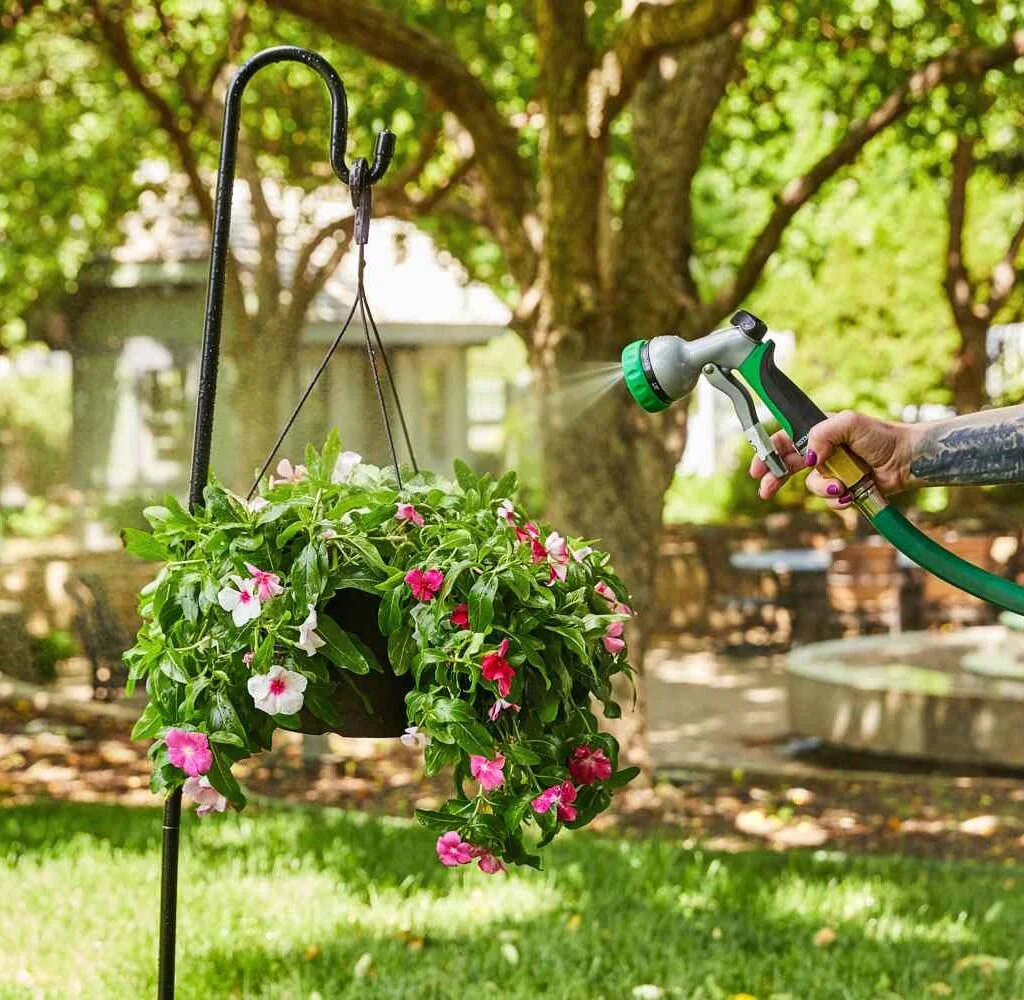
After a summer of heat stress, your instinct might be to drench the soil—but overwatering is just as harmful as drought. The goal is deep, consistent moisture, not soggy soil.
Follow this watering recovery plan:
- Water early in the morning so plants can absorb moisture before the heat of the day.
- Use a slow, deep soak method—either with a drip hose or by watering at the base of each plant until the soil is moist 6–8 inches deep.
- Avoid frequent shallow watering; it encourages weak, surface-level roots.
- Check soil moisture daily by sticking your finger a few inches down. If it feels dry, it’s time to water again.
Pro Tip: Add mulch (more on that below) after watering to lock in moisture and stabilize soil temperature.
Step 4: Refresh the Soil and Roots
Heatwaves often bake the soil, reducing its ability to retain nutrients and oxygen. A tired, compacted soil base can suffocate roots—even if you water regularly.
Here’s how to rejuvenate it:
- Loosen compacted soil using a hand fork or cultivator, being careful not to disturb roots too deeply.
- Mix in compost or organic matter to boost moisture retention and restore beneficial microbes.
- For potted plants, consider repotting into fresh soil if the current mix is dry, hardened, or crusted with white mineral deposits.
- Add root boosters or compost tea to help repair damaged root systems and encourage regrowth.
Pro Tip: A one-inch layer of compost spread across garden beds can revitalize the entire soil ecosystem naturally.
Step 5: Mulch Generously for Protection
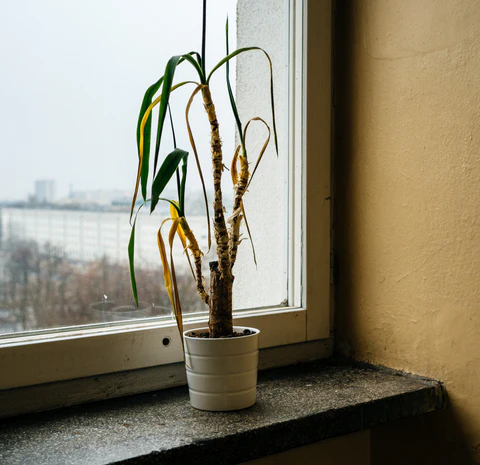
Mulching is one of the simplest yet most powerful ways to prevent heat damage—and to help your plants recover afterward.
Benefits of mulching post-summer:
- Retains soil moisture by reducing evaporation.
- Keeps soil temperatures cooler and more consistent.
- Prevents new weed growth (which competes for nutrients).
- Adds organic matter as it decomposes.
How to do it right:
- Apply a 2–3 inch layer of organic mulch (like shredded bark, straw, or leaf compost) around the base of plants.
- Keep mulch 2 inches away from stems to prevent rot and insect damage.
- For container plants, use lighter mulch like coconut coir or small wood chips.
If you already have mulch, fluff it up with a rake to improve air circulation and break up compacted layers.
Step 6: Feed Gently—Don’t Overfertilize
Heat-stressed plants have fragile roots. A heavy dose of fertilizer can burn them and do more harm than good. Instead, use mild, organic nutrition to gradually rebuild strength.
Best feeding approach:
- Wait one to two weeks after rehydration and pruning before applying fertilizer.
- Use compost tea, liquid seaweed, or fish emulsion for a gentle nutrient boost.
- For perennials and shrubs, consider a slow-release organic fertilizer with balanced NPK ratios (e.g., 5-5-5).
- Avoid high-nitrogen formulas—they push leafy growth before roots are ready to support it.
Healthy feeding helps your plants rebuild cell structure, enhance chlorophyll production, and prepare for cooler growing conditions in fall.
Step 7: Move or Shade Vulnerable Plants

Some plants just aren’t suited for direct summer sun—especially potted ones. If you noticed severe leaf scorch or wilting, it’s time to rethink placement.
For container plants:
- Move them to a location with morning sun and afternoon shade.
- Elevate pots slightly off hot concrete or decks to reduce heat reflection.
- Choose light-colored containers that reflect, rather than absorb, heat.
For garden beds:
- Use temporary shade cloths or garden umbrellas during late-summer heatwaves.
- Plant taller, heat-tolerant species nearby (like ornamental grasses or sunflowers) to create natural shade layers.
Adjusting light exposure reduces stress and helps damaged plants rebuild safely.
Step 8: Address Pest and Disease Problems
Weakened plants are more susceptible to pests and diseases after summer heat. Aphids, spider mites, and whiteflies often appear when plants are stressed.
Here’s how to regain control:
- Rinse plants with a strong blast of water to knock off visible pests.
- Spray leaves with a mild neem oil or insecticidal soap solution weekly until infestations stop.
- Prune any moldy or infected areas immediately.
- Improve airflow between plants by trimming excess foliage or spacing pots apart.
Healthy plants with balanced watering and nutrition naturally resist pest resurgence.
Step 9: Encourage Regrowth with Patience
Reviving plants is a gradual process—it might take several weeks before you see new growth. Be patient and observe closely.
Signs of successful recovery:
- New green shoots or buds emerging from stems.
- Leaves regaining color and firmness.
- Stronger, upright posture as roots stabilize.
If a plant continues to decline despite care, consider cutting it back to soil level and letting it regrow naturally. Some perennials, herbs, and tropicals (like basil or hibiscus) can surprise you with fresh growth once conditions improve.
Step 10: Plan Ahead to Prevent Future Heat Damage

Once your plants recover, use what you’ve learned to prevent heat stress next year.
Long-term strategies:
- Install drip irrigation or soaker hoses for efficient, consistent watering.
- Mulch early in the season before heat peaks.
- Group plants by water needs—keeping drought-tolerant species separate from moisture-loving ones.
- Add shade-loving varieties to fill exposed spots.
- Improve soil health year-round with compost, mulch, and organic feeding.
A resilient garden starts with healthy soil and smart design.
Bonus Tip: Know Which Plants Can Handle Heat
Some plants bounce back faster than others. If your garden struggles every summer, consider adding more heat-tolerant species that can thrive even under tough conditions.
Examples include:
- Perennials: Coneflower, blanket flower, Russian sage, lavender
- Shrubs: Oleander, bougainvillea, lantana
- Vegetables: Okra, eggplant, peppers, sweet potatoes
- Groundcovers: Sedum, creeping thyme, vinca
These plants not only endure heat but also recover quickly when temperatures cool.
Final Thoughts
A hot summer doesn’t have to spell disaster for your garden. While plants may look beyond saving, most can rebound with a bit of patience and strategic care.
The secret is simple: start with the roots, rebuild the soil, and restore hydration slowly. Then, protect and feed your plants gently as they regain strength.
By pruning, mulching, watering deeply, and reviving soil health, you’ll soon see fresh green shoots replacing those brittle stems—and by fall, your garden will be alive and thriving again.
Remember, every heatwave teaches your plants (and you) resilience. With each recovery, your garden becomes tougher, healthier, and better prepared for whatever next summer brings.
